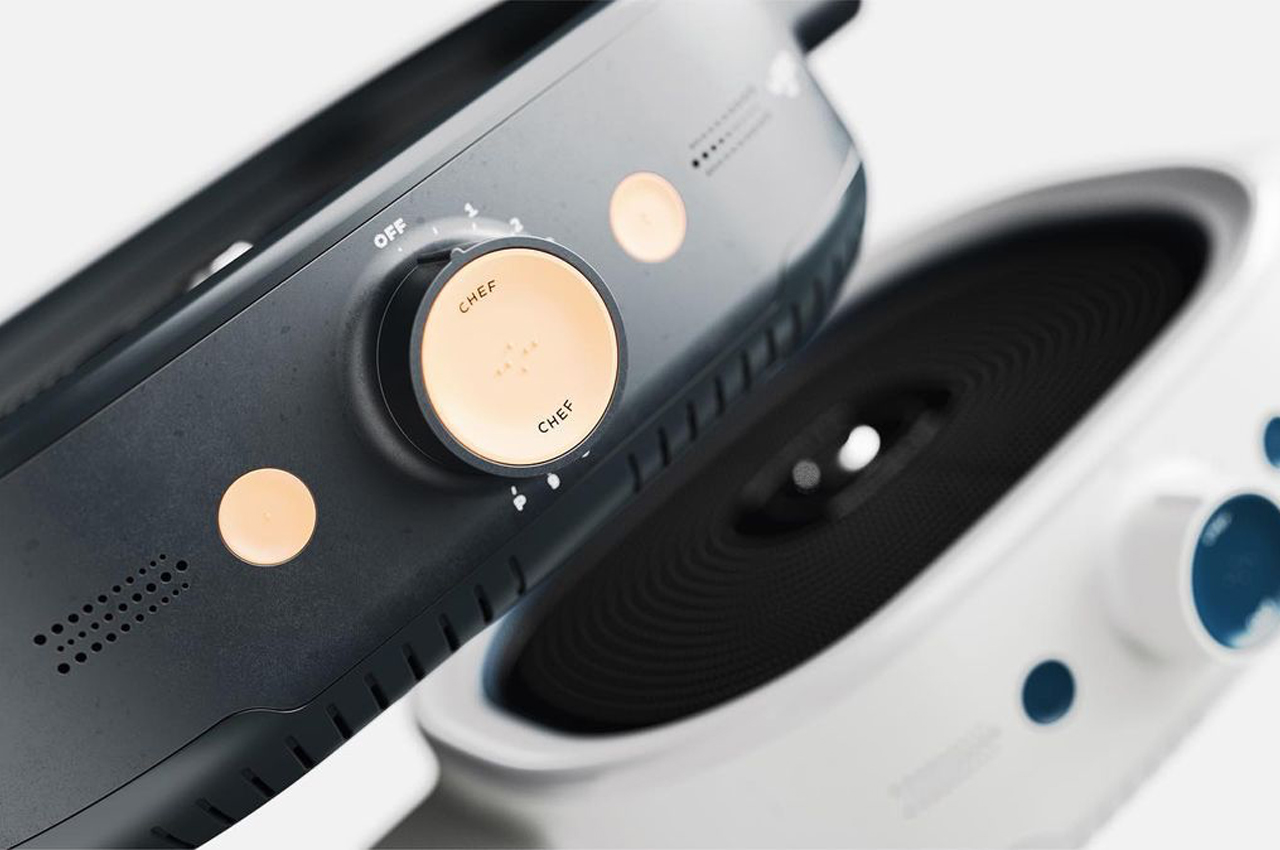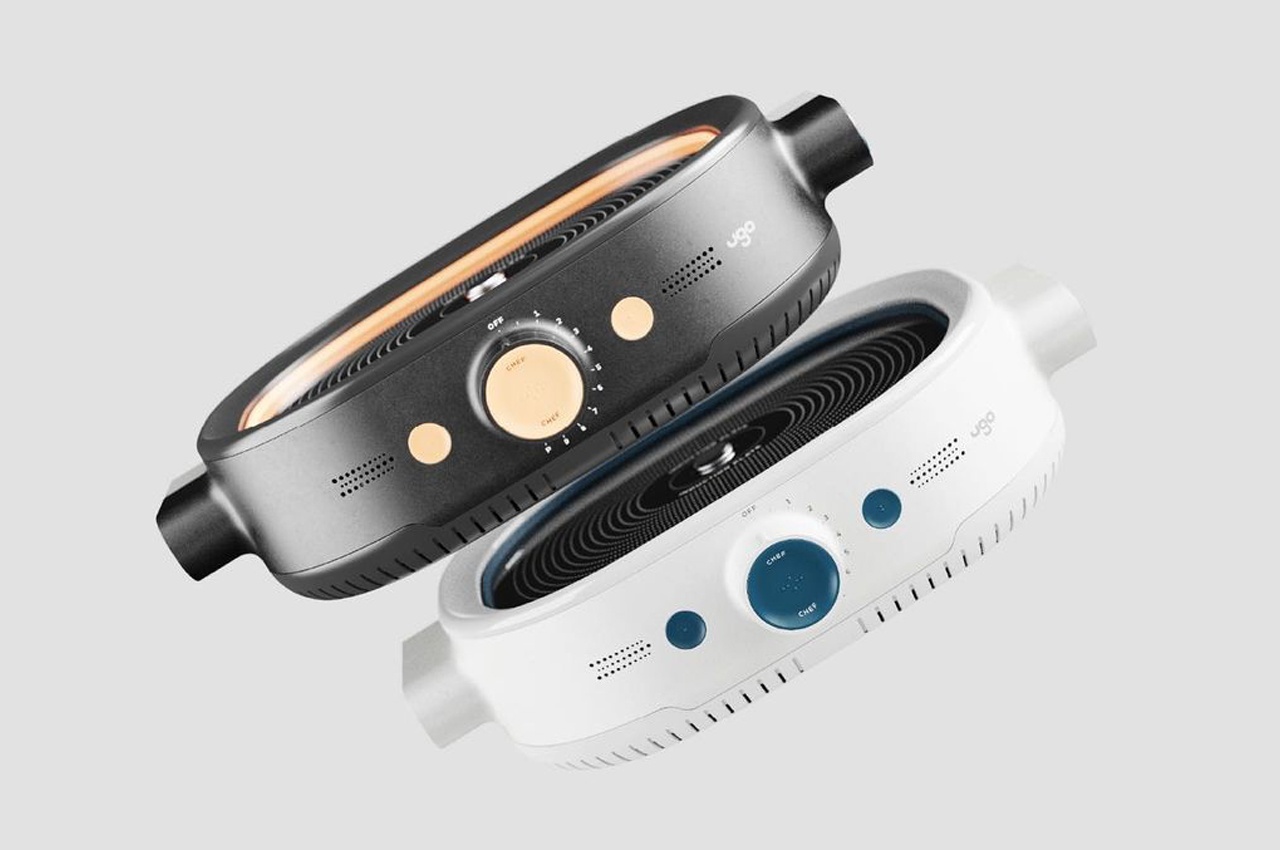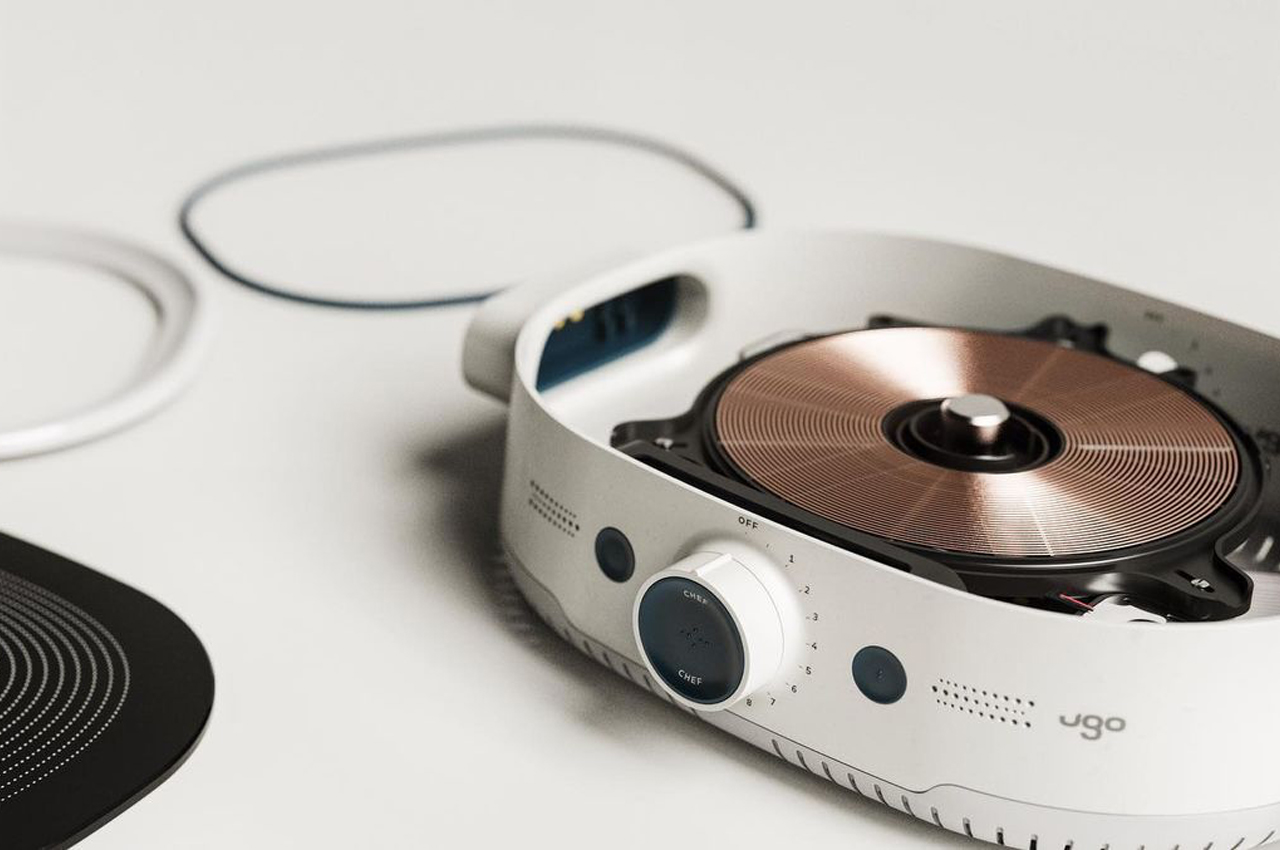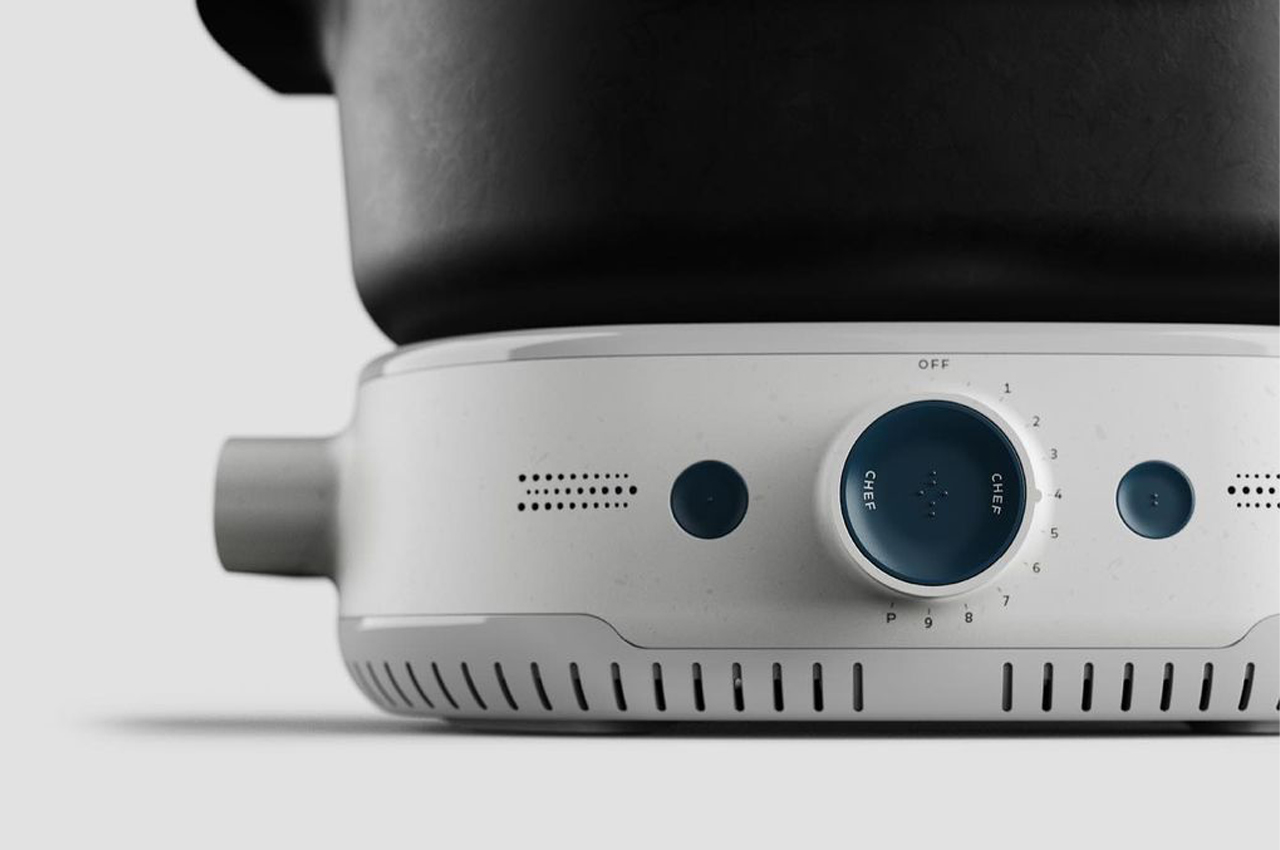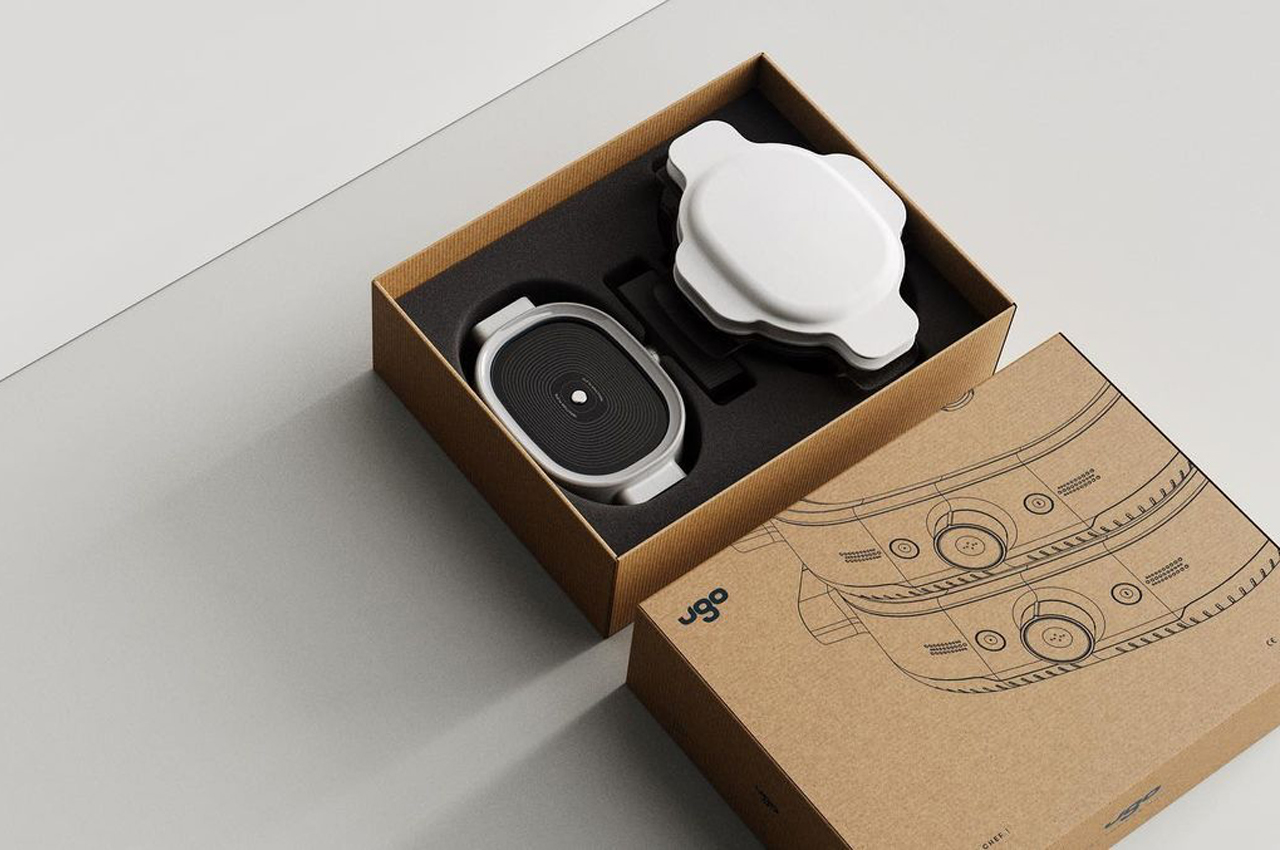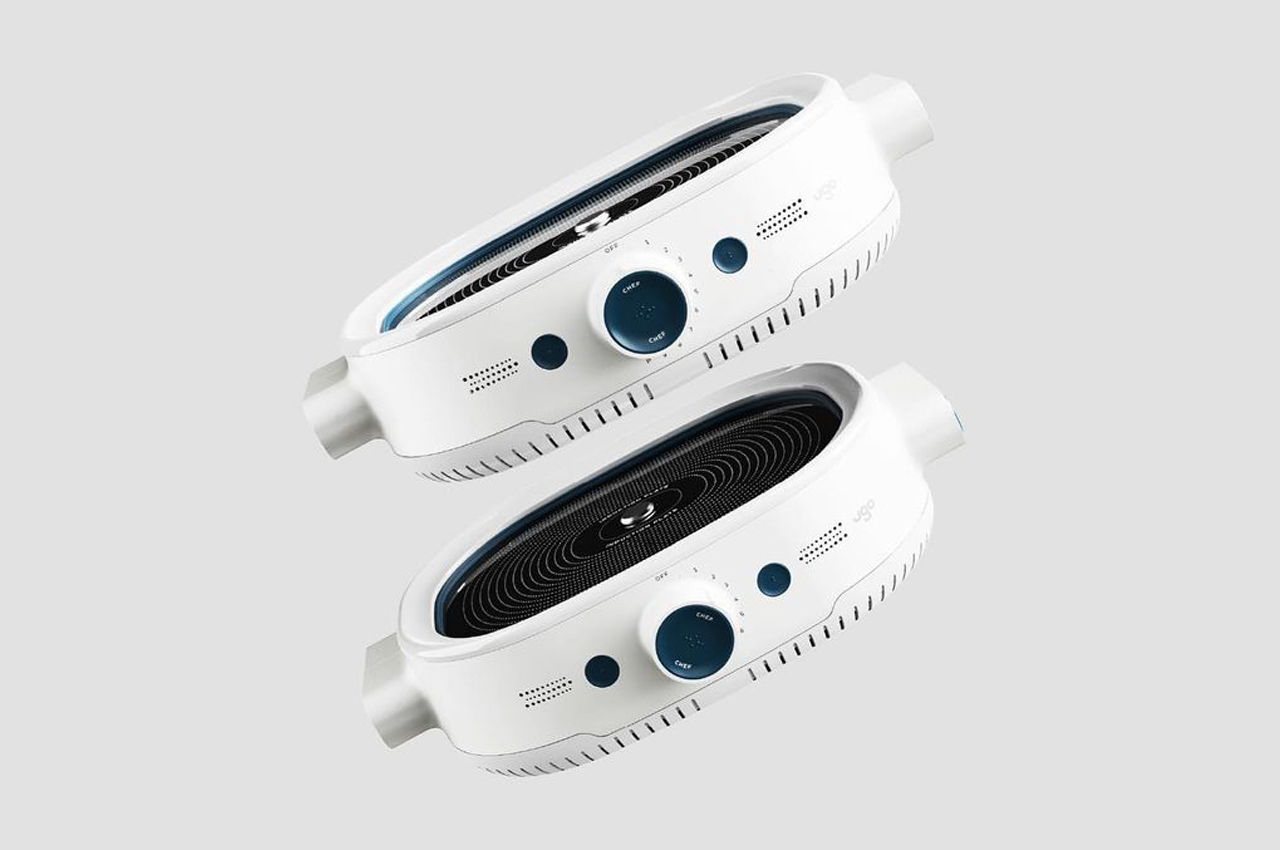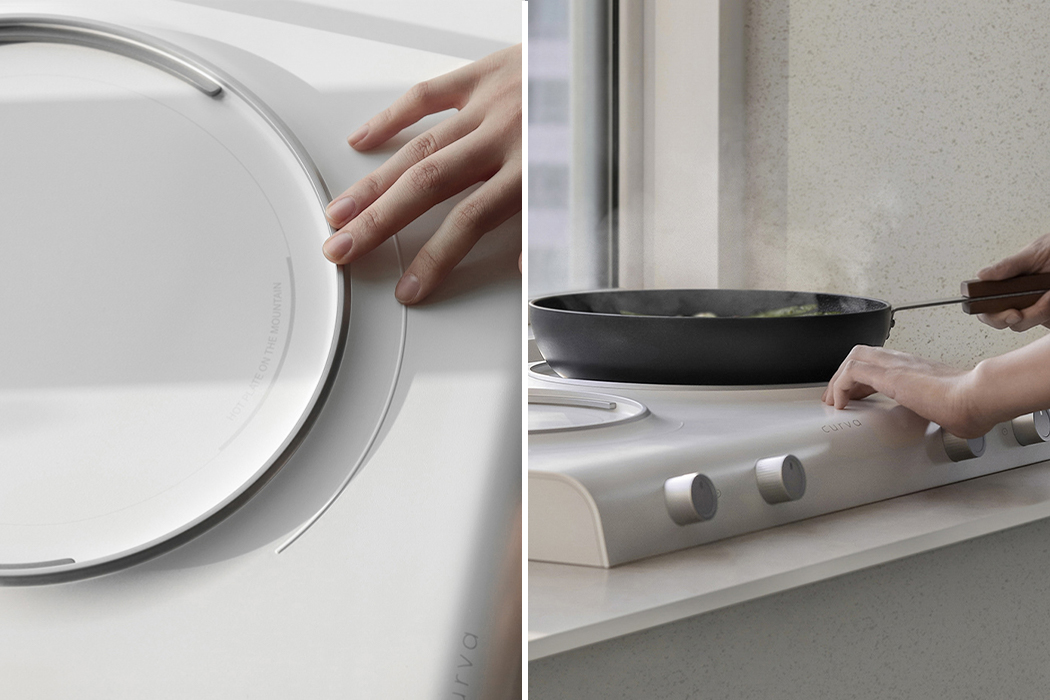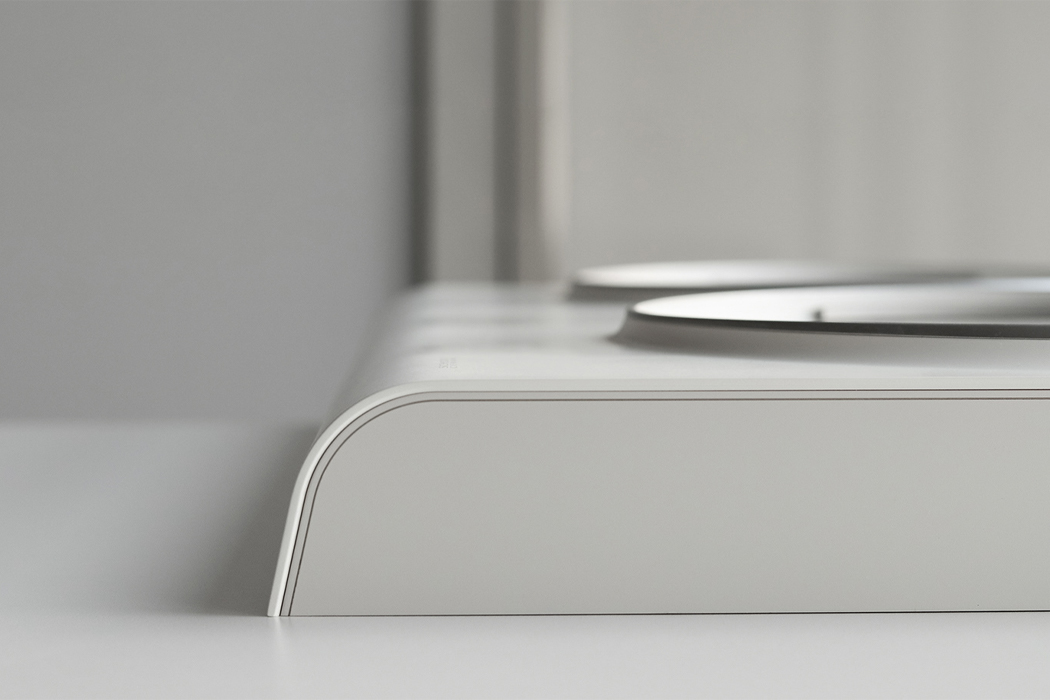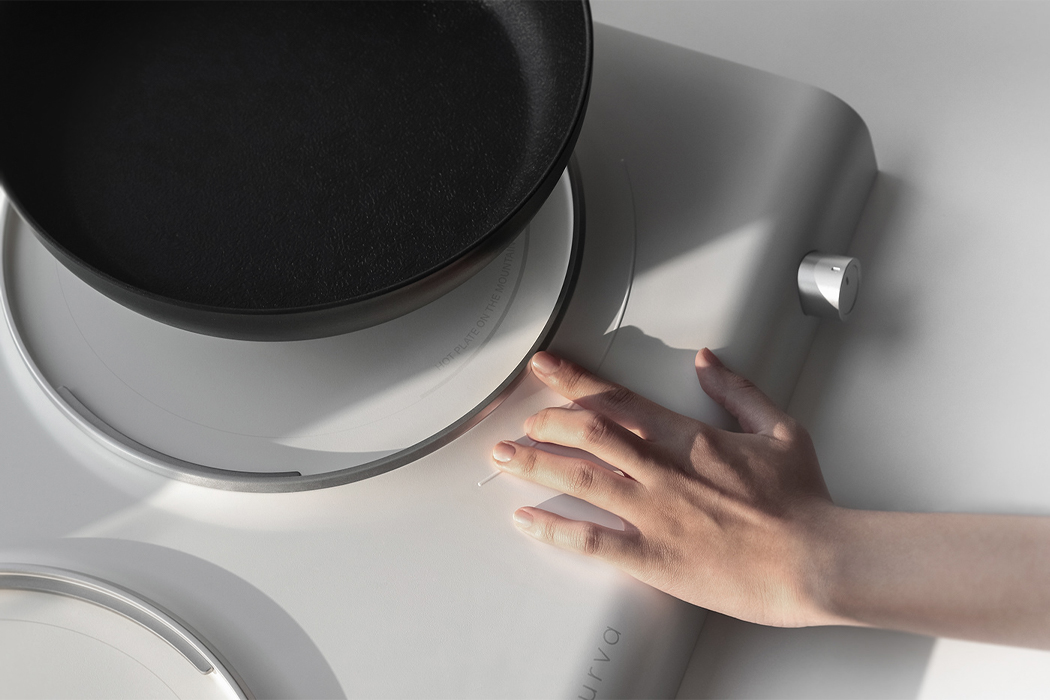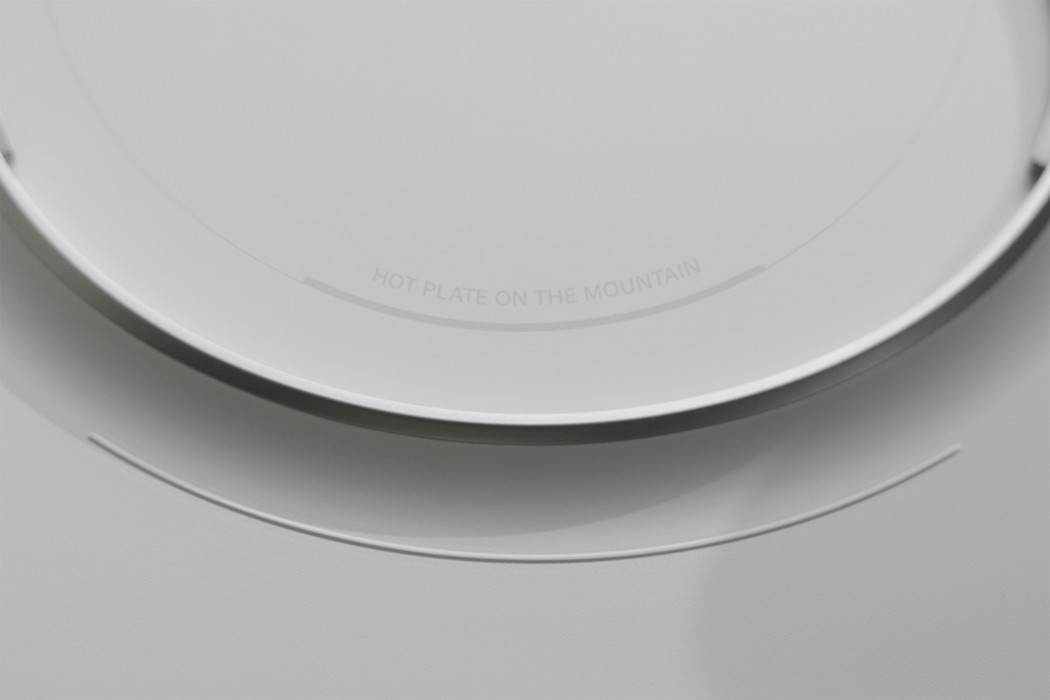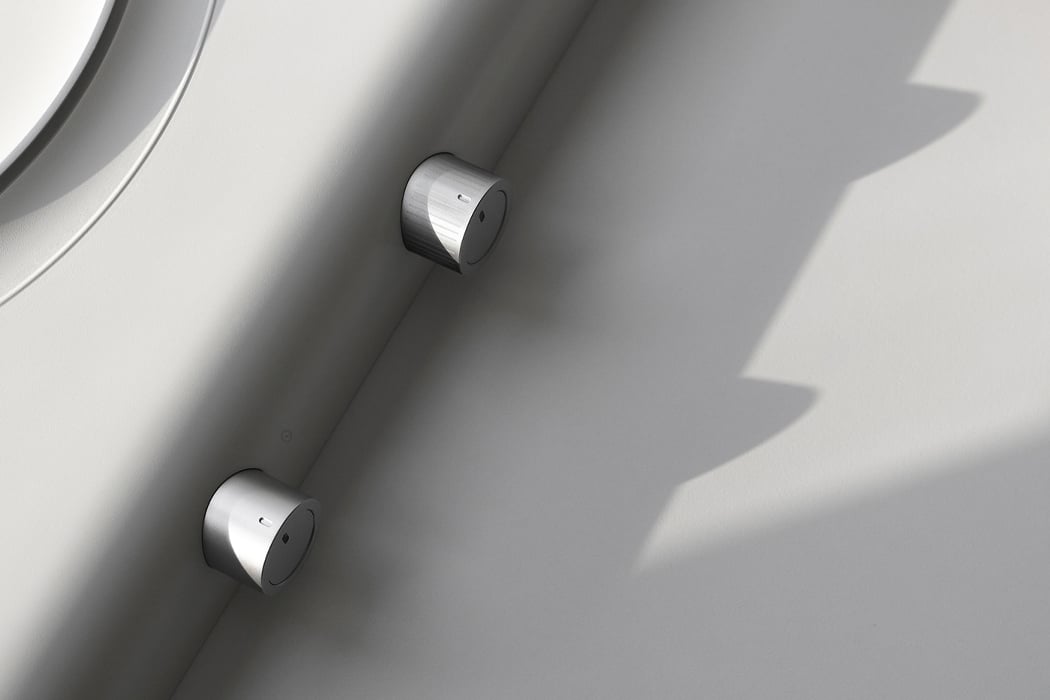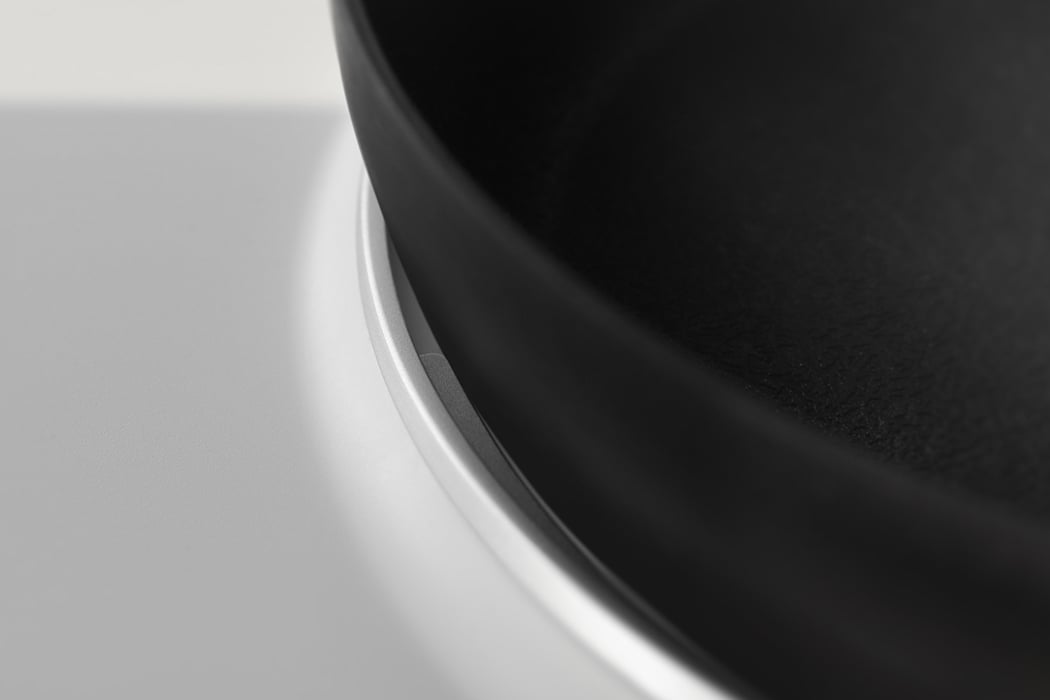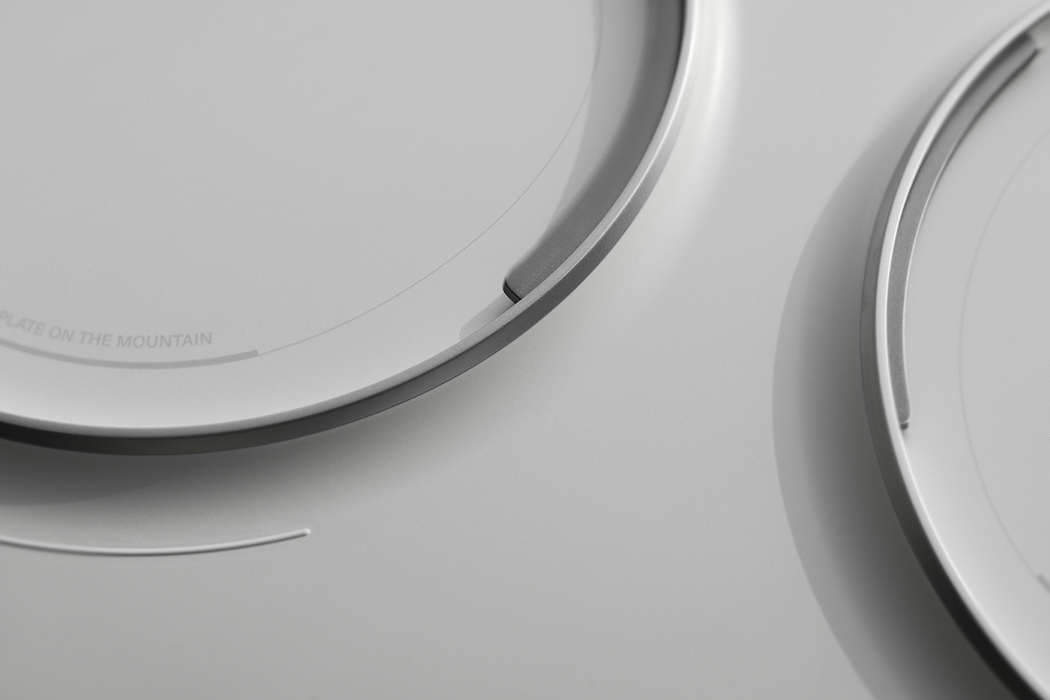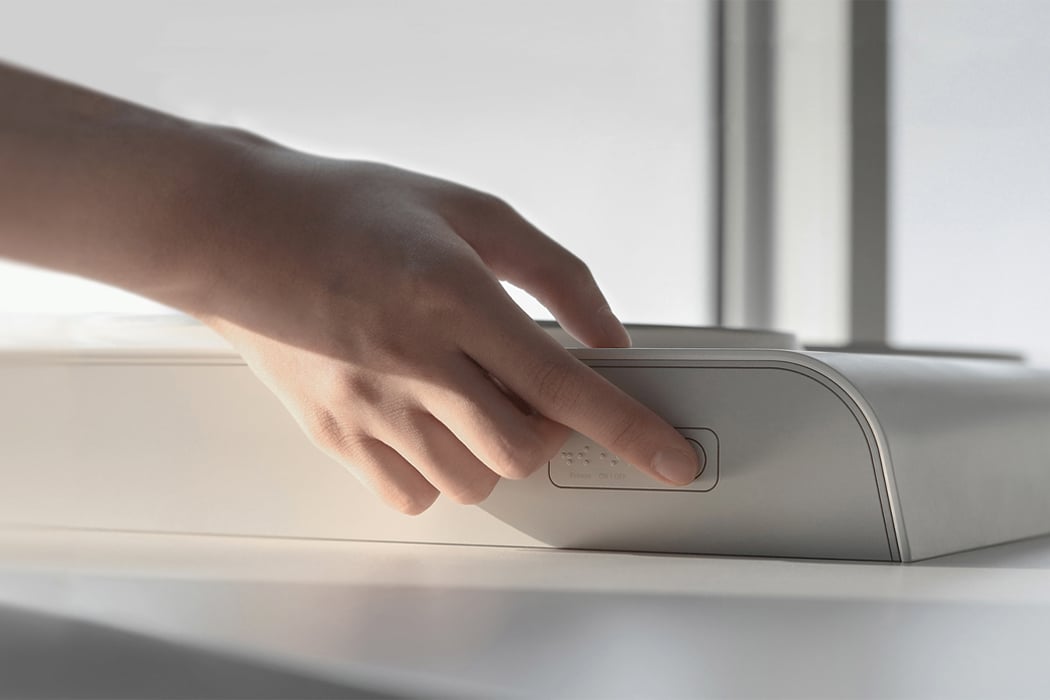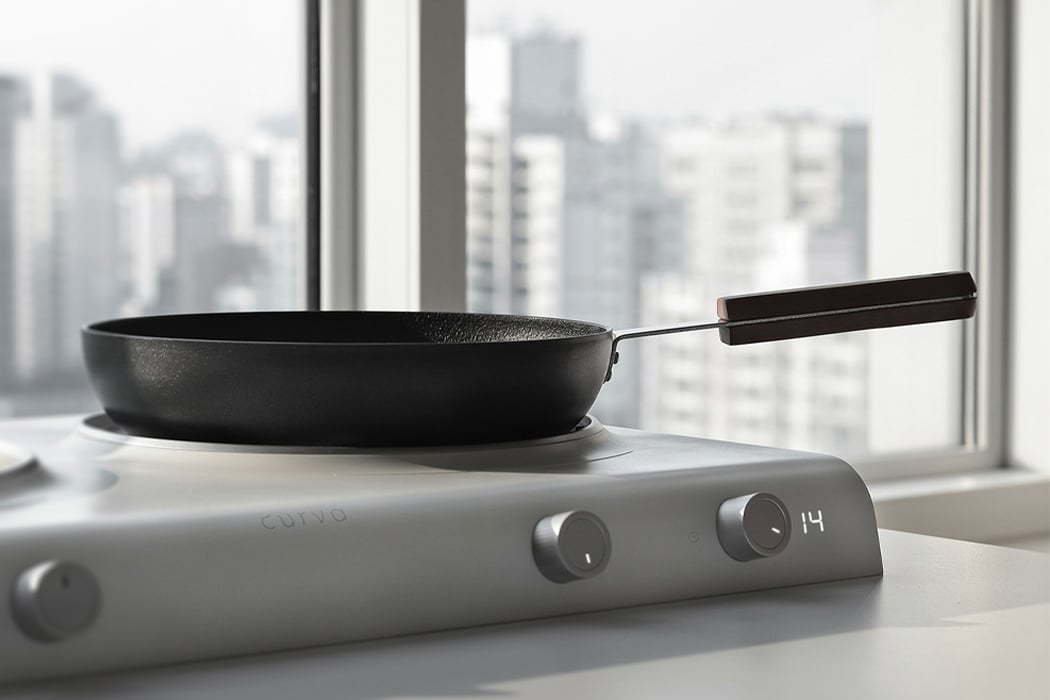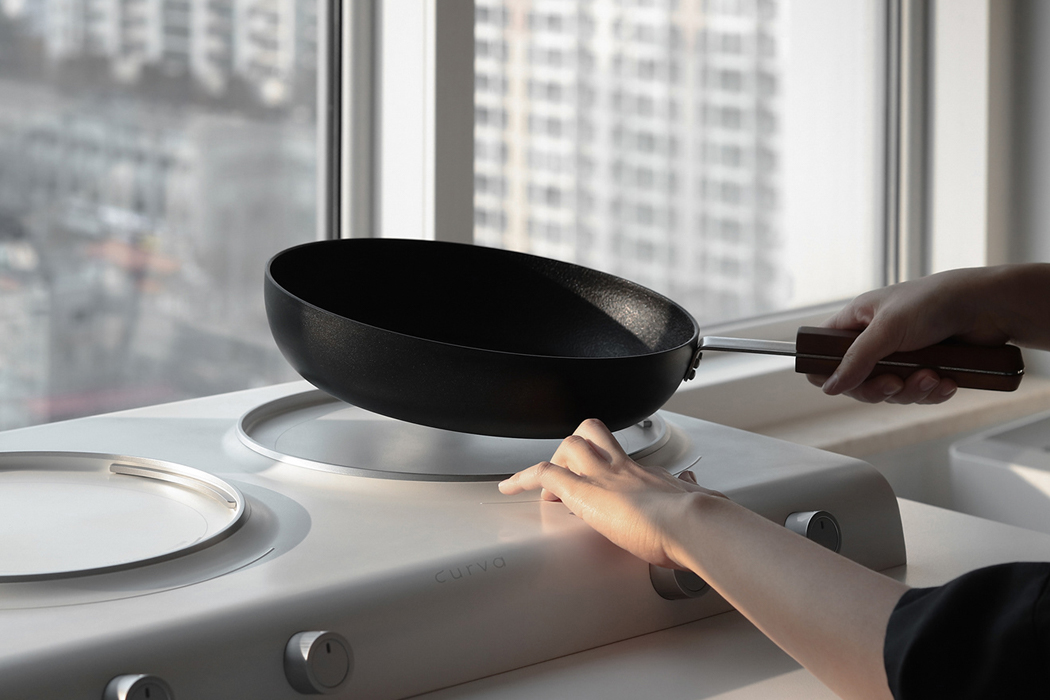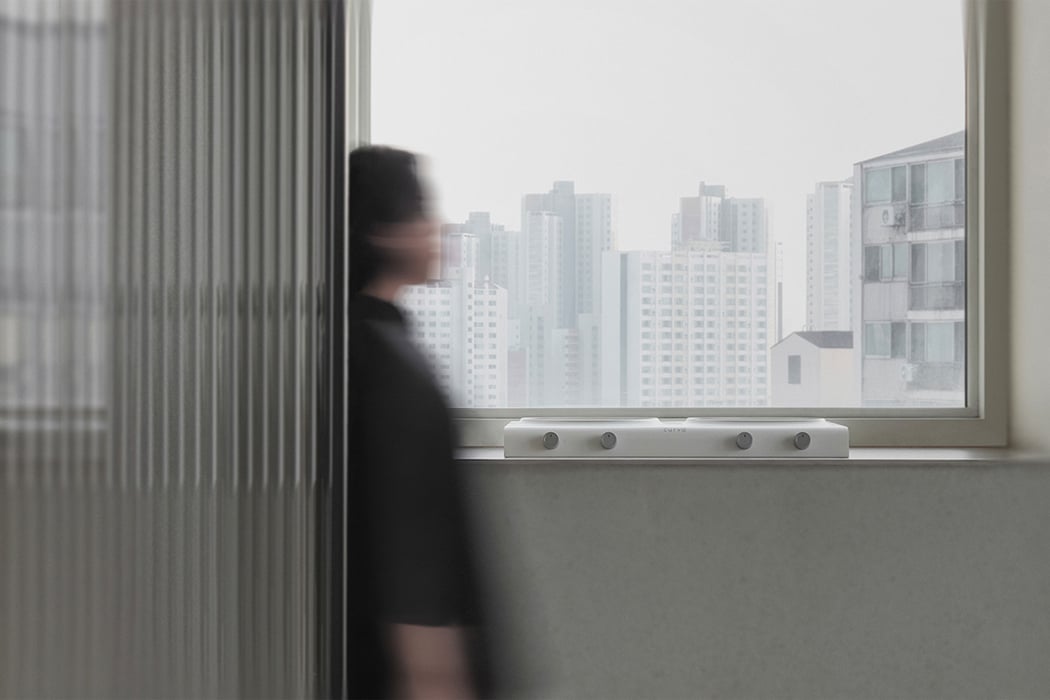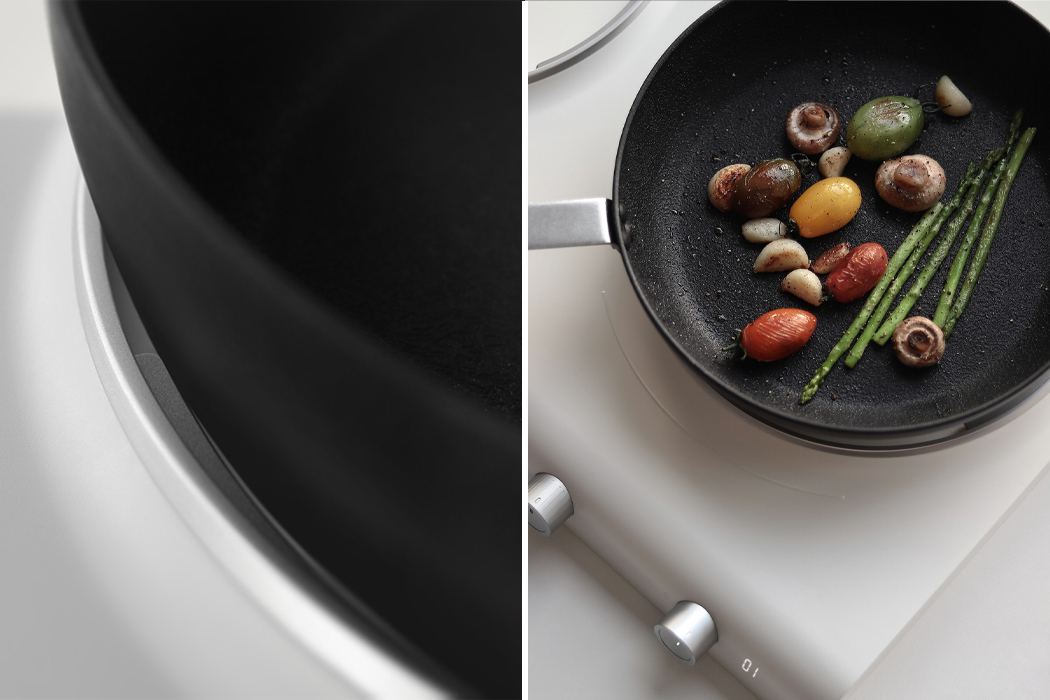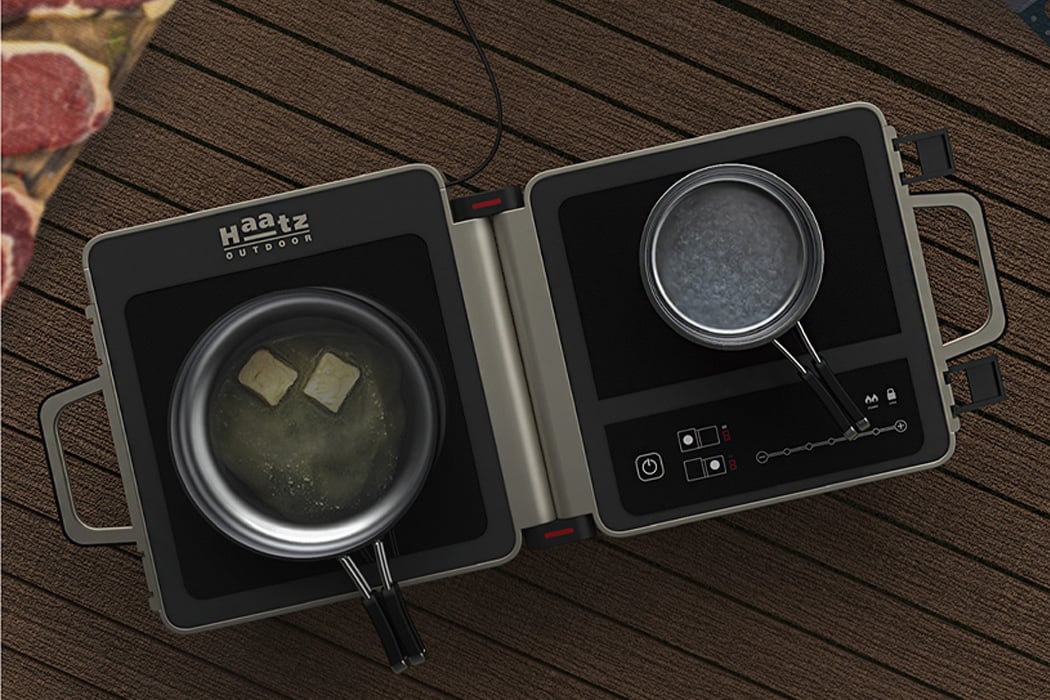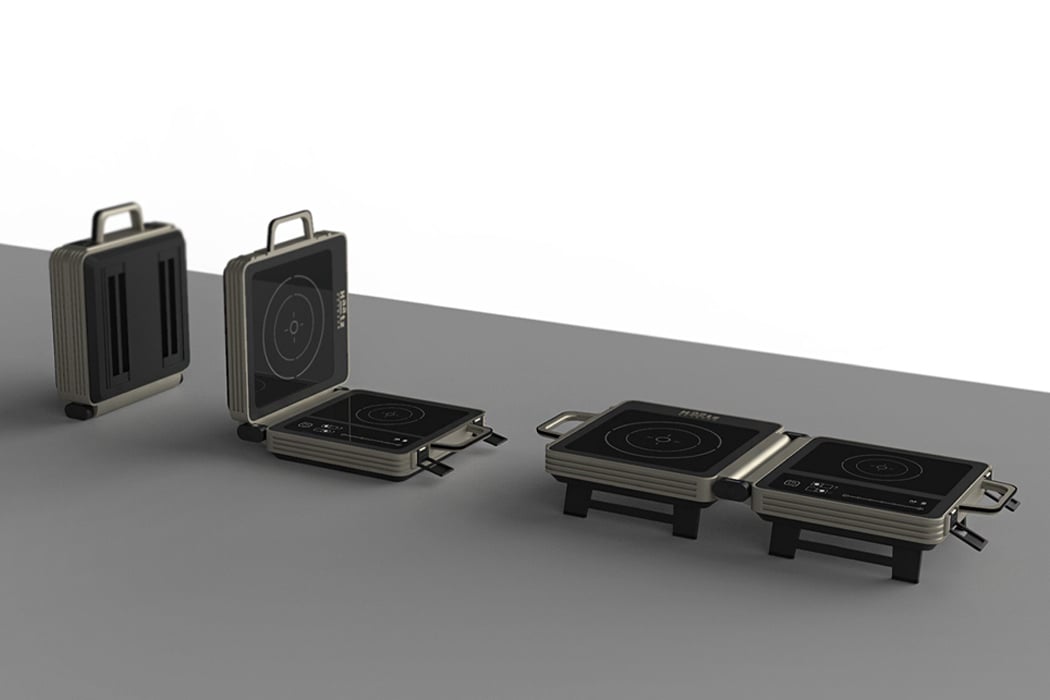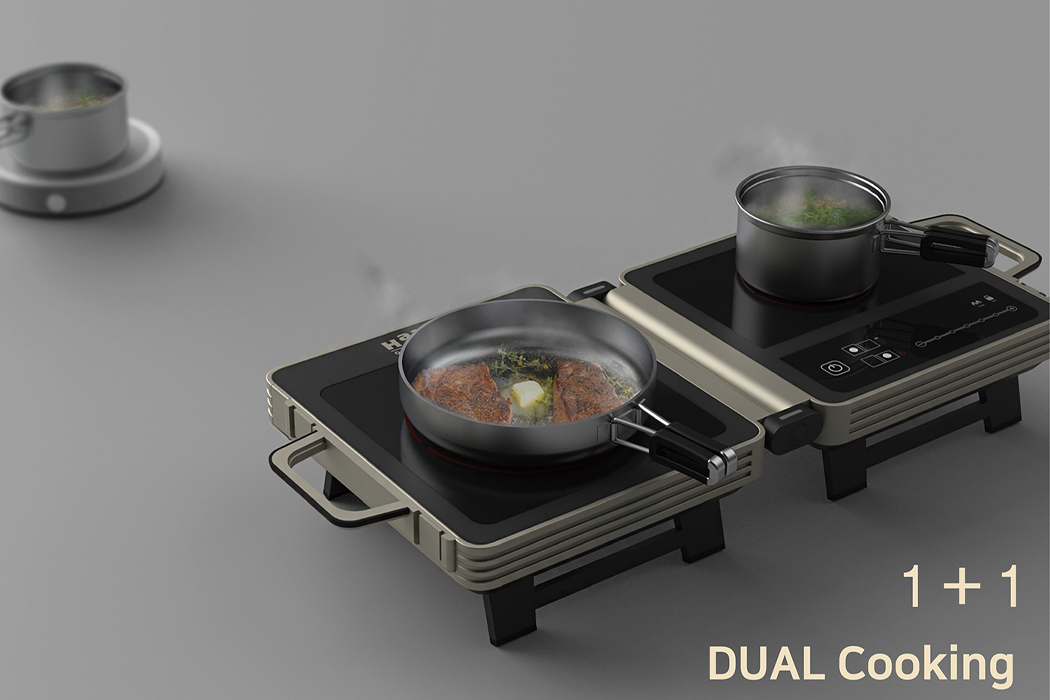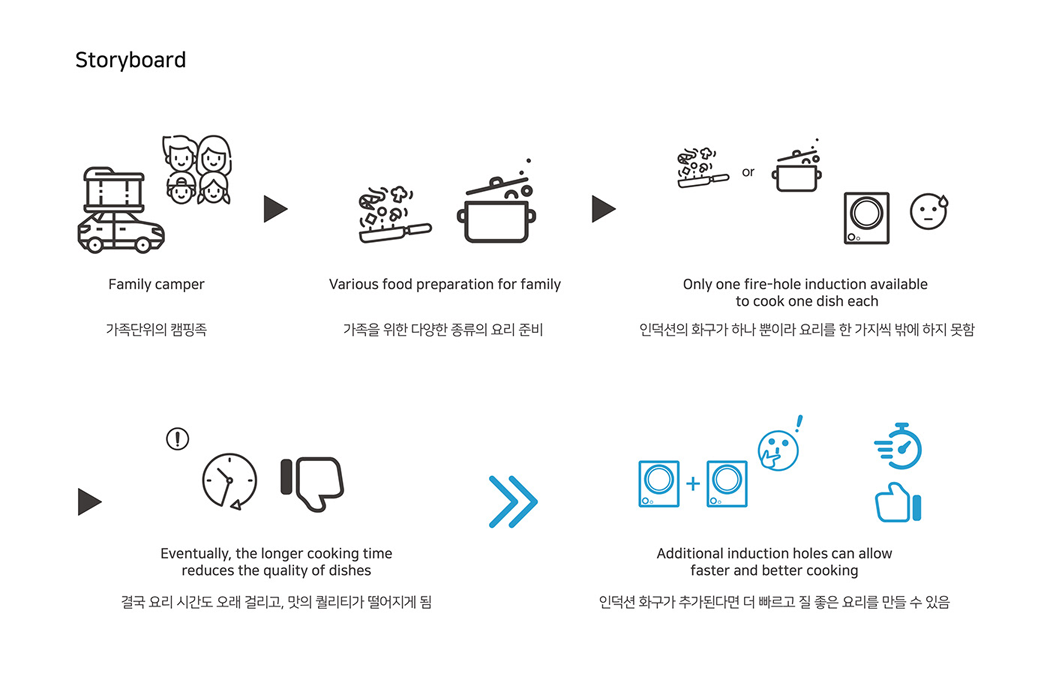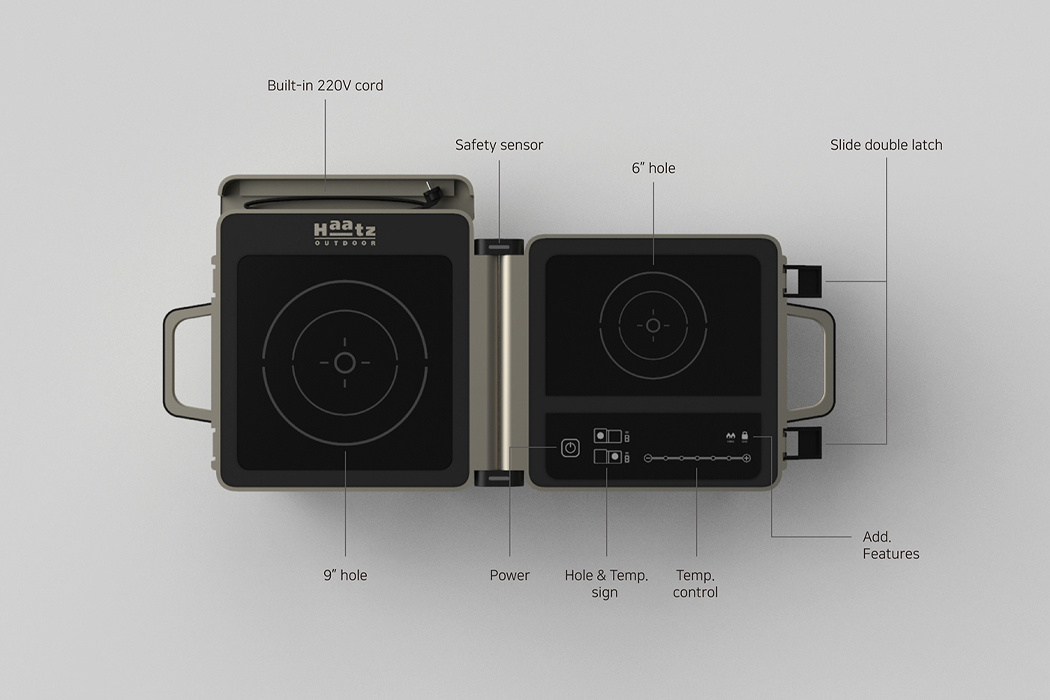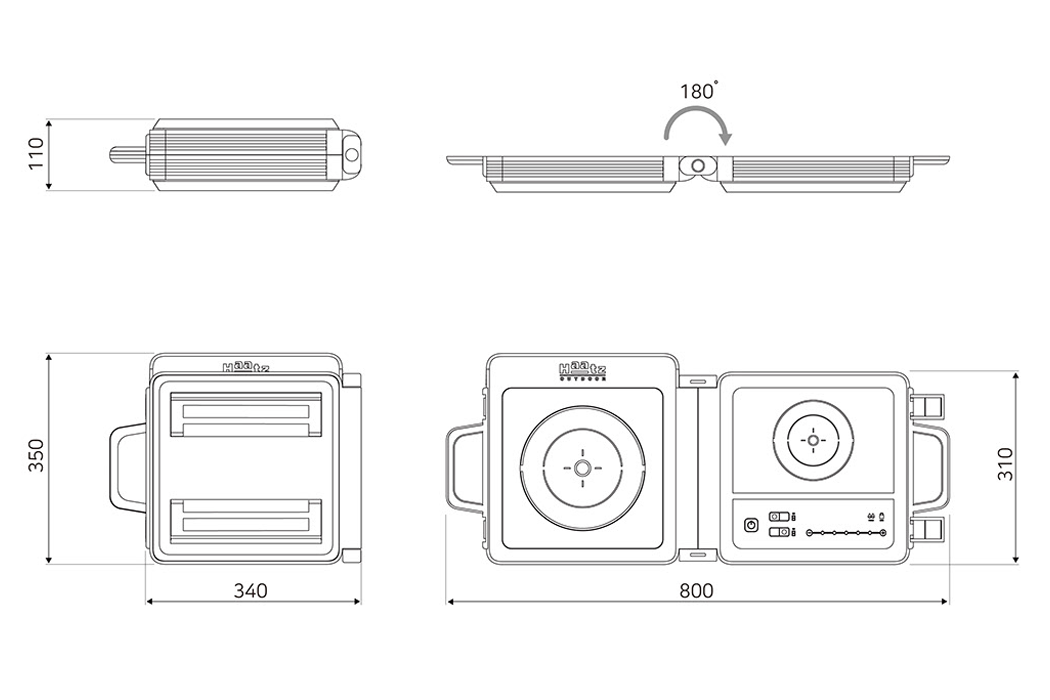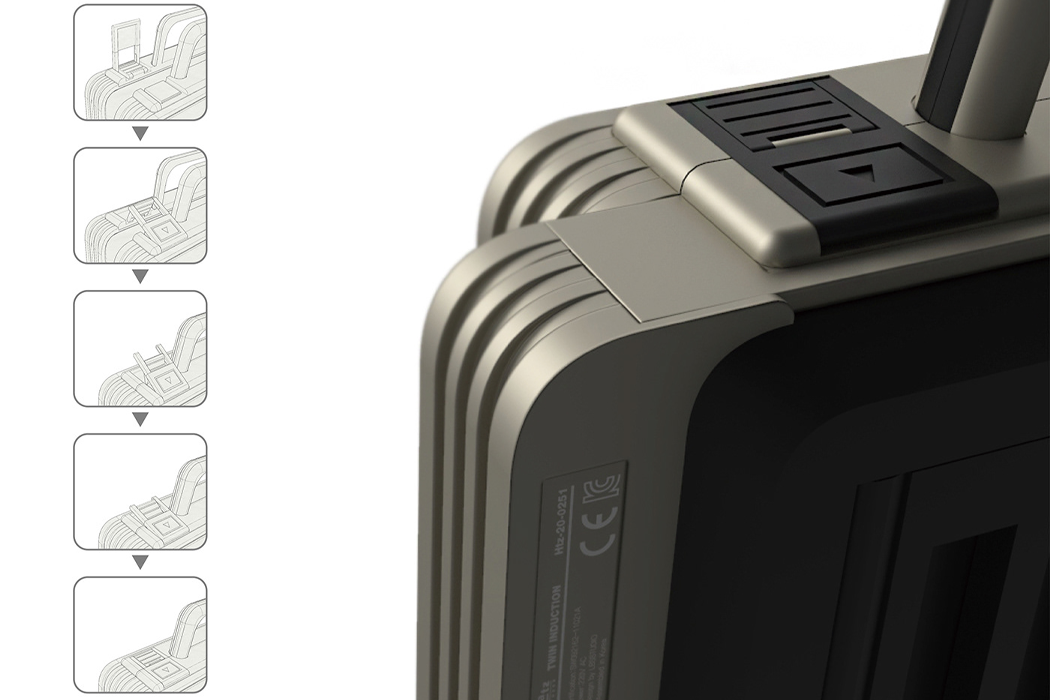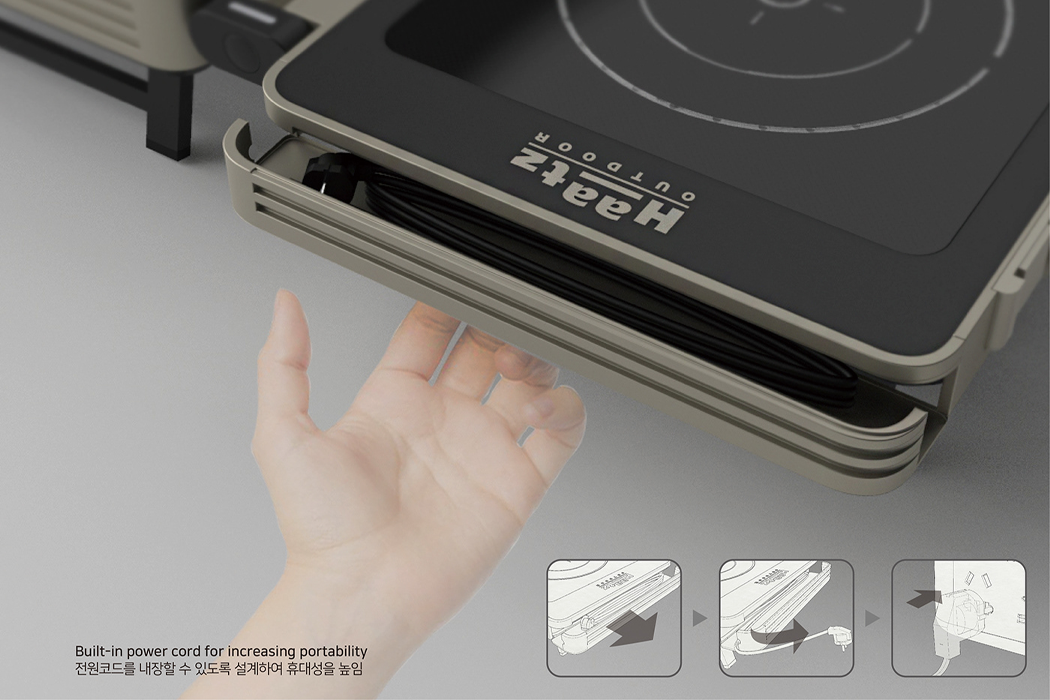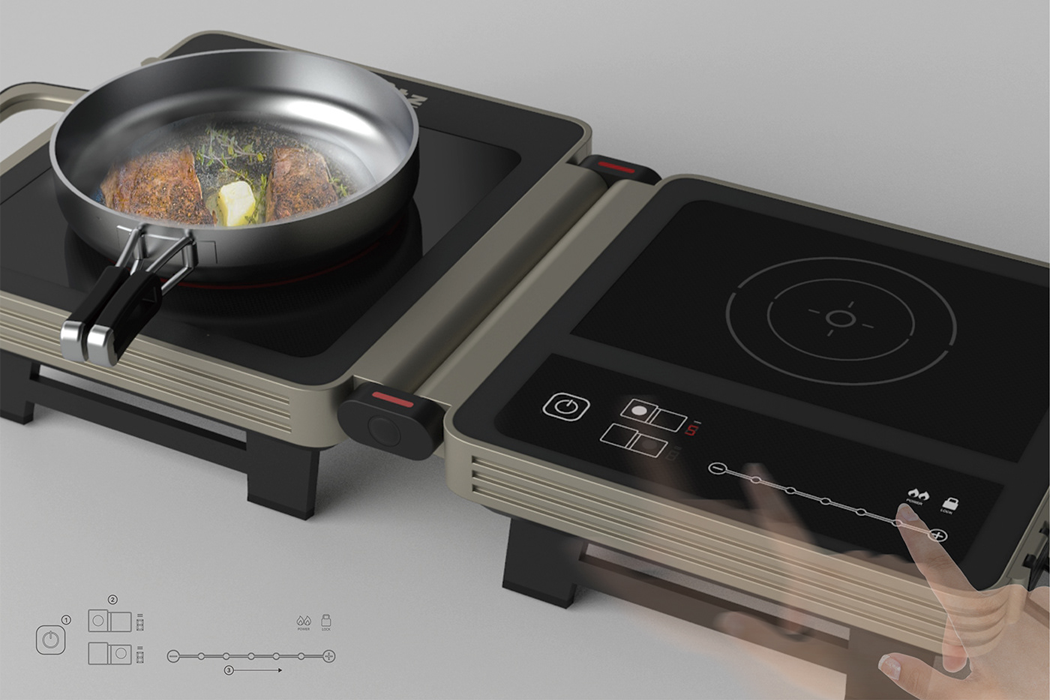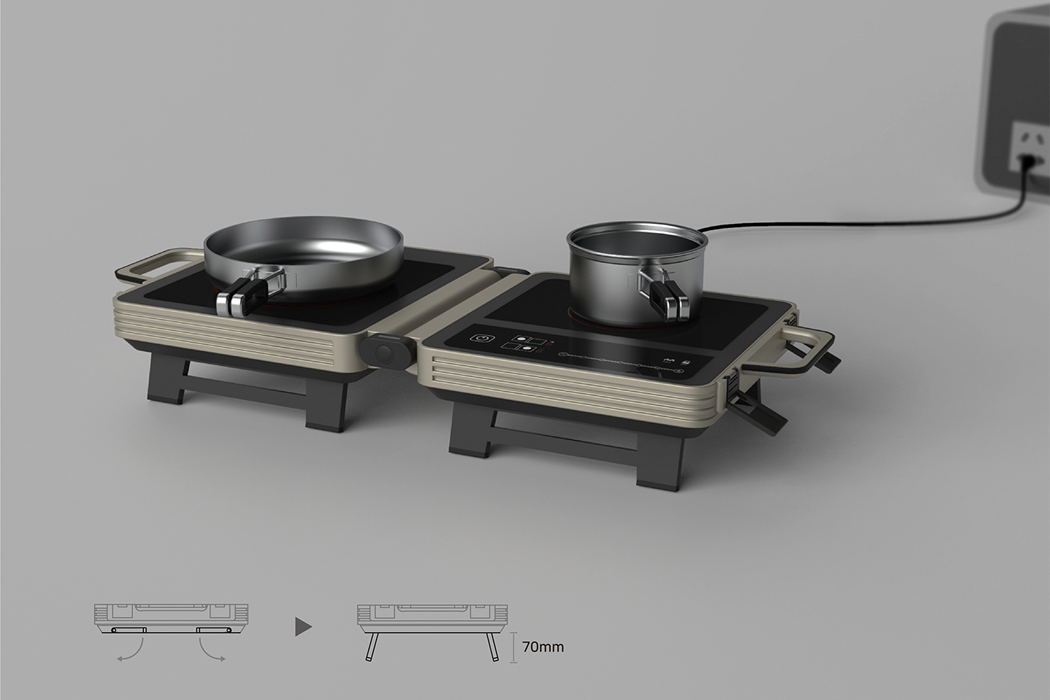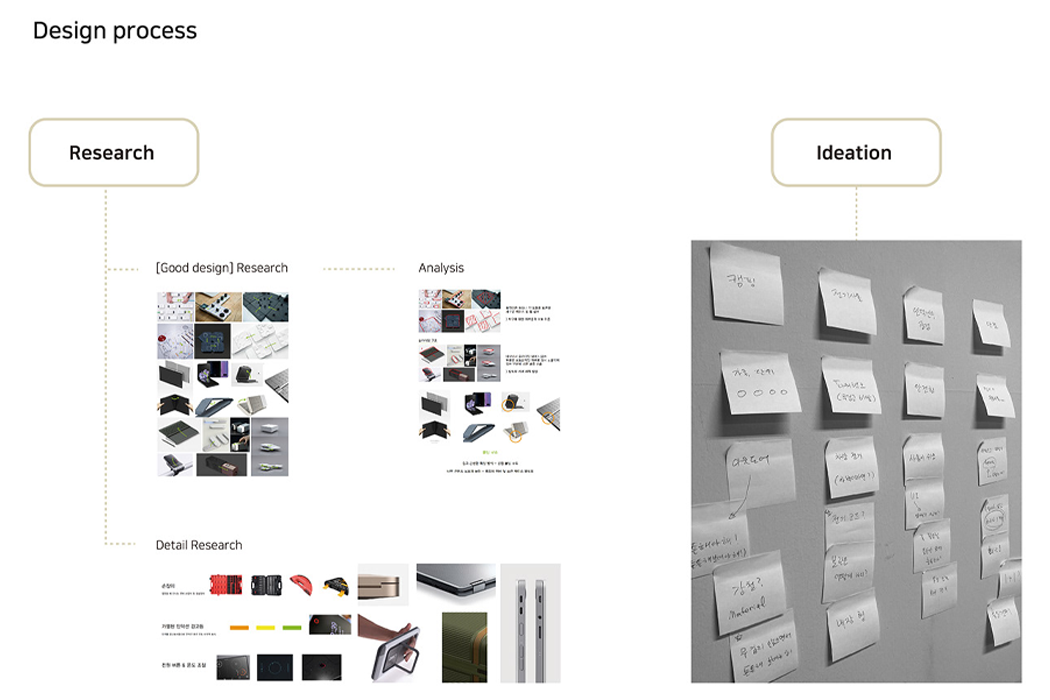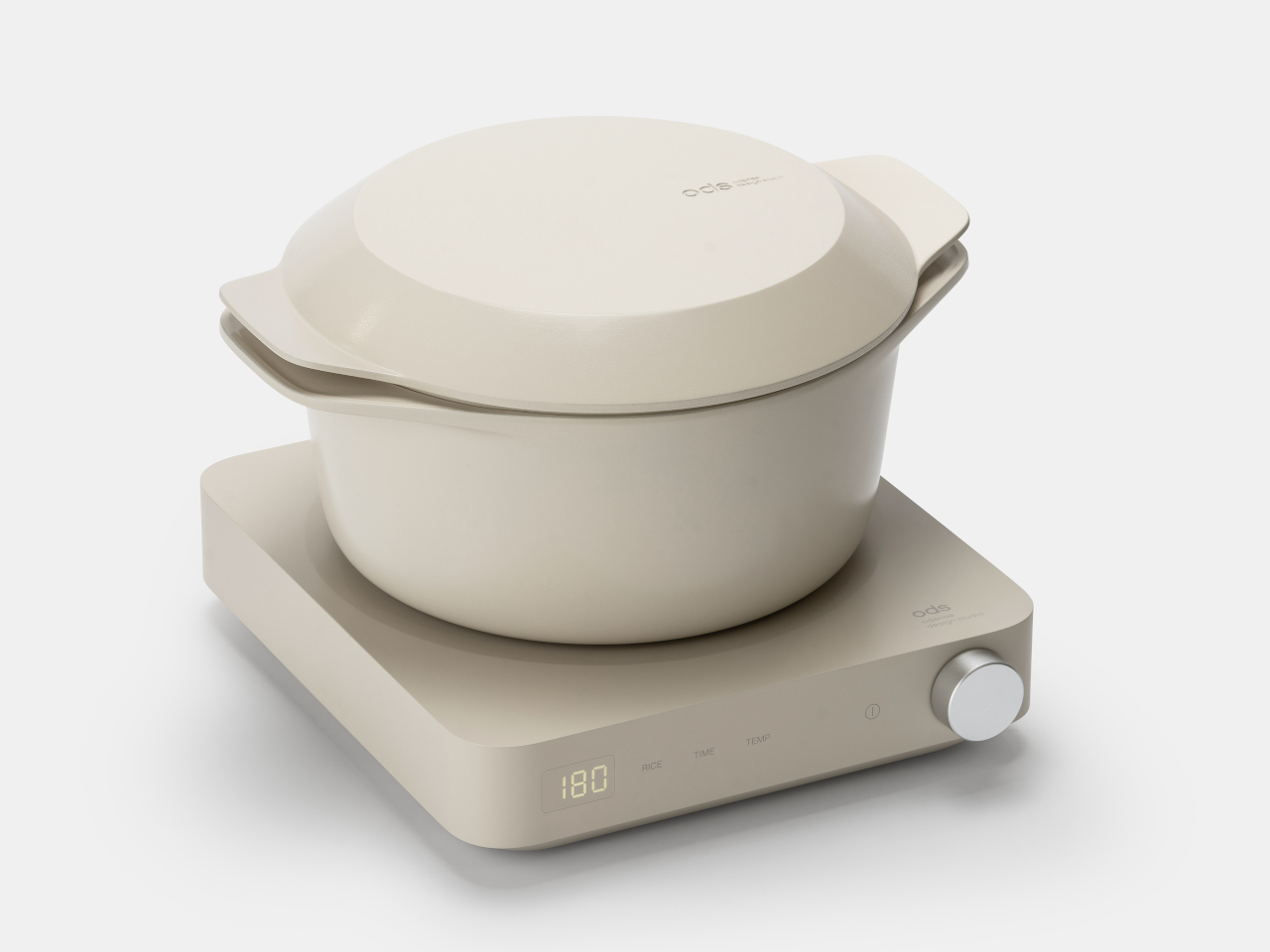
Space is always at a premium, whether it’s in the bedroom, the living room, or the kitchen. Maximizing space is a challenge, which is why multifunctional designs are in high demand. Furniture that can transform to do different things in different situations or appliances that can serve different needs help not only save space but sometimes even money in the long run.
Unfortunately, multifunctional designs also tend to be complex and confusing due to cramming many features into a single product or system. Of course, it’s always possible to create minimalist multifunctional designs with some careful thinking, and this concept for a smart cooker system puts that theory to the test.
Designer: BKID
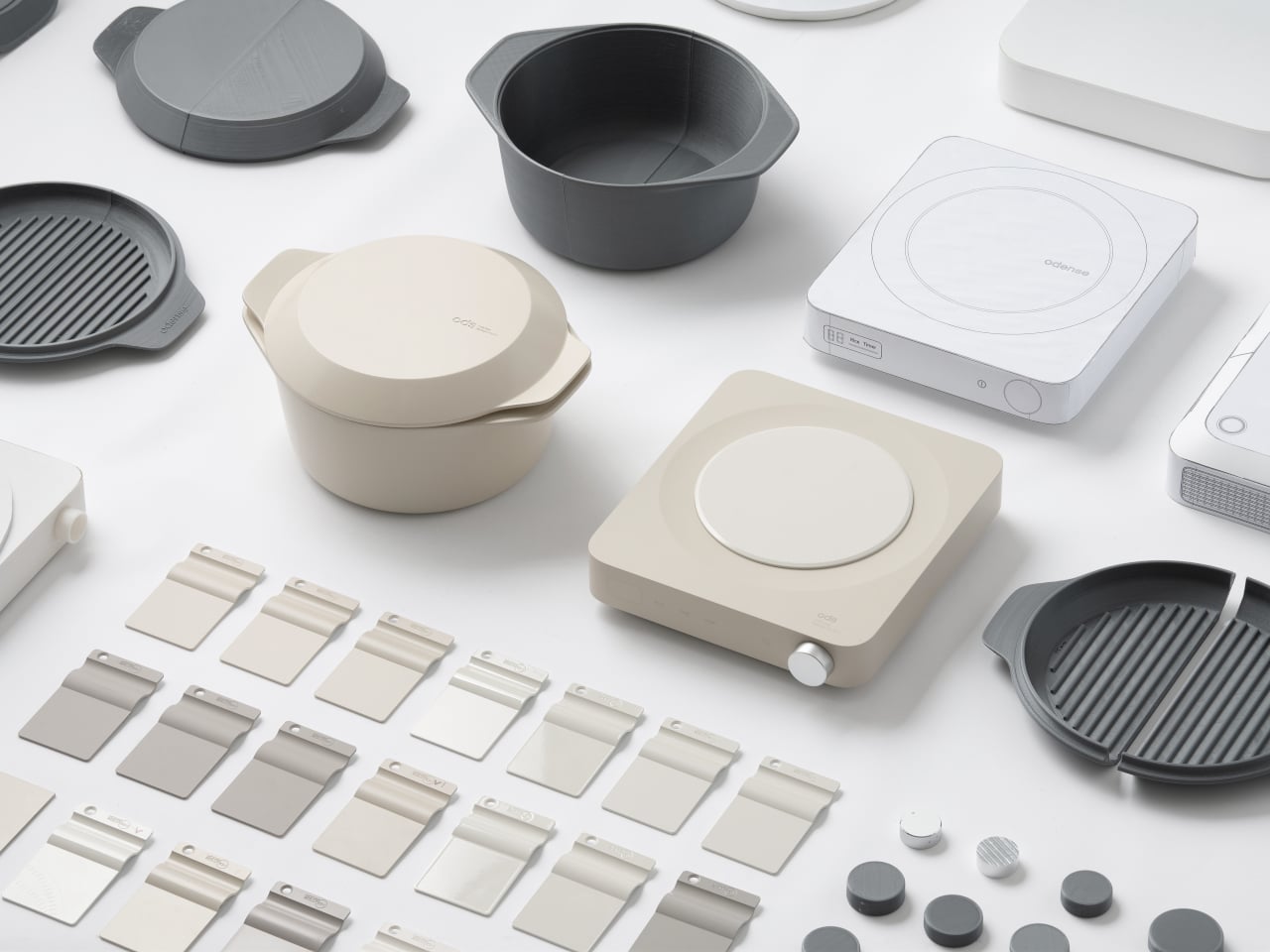
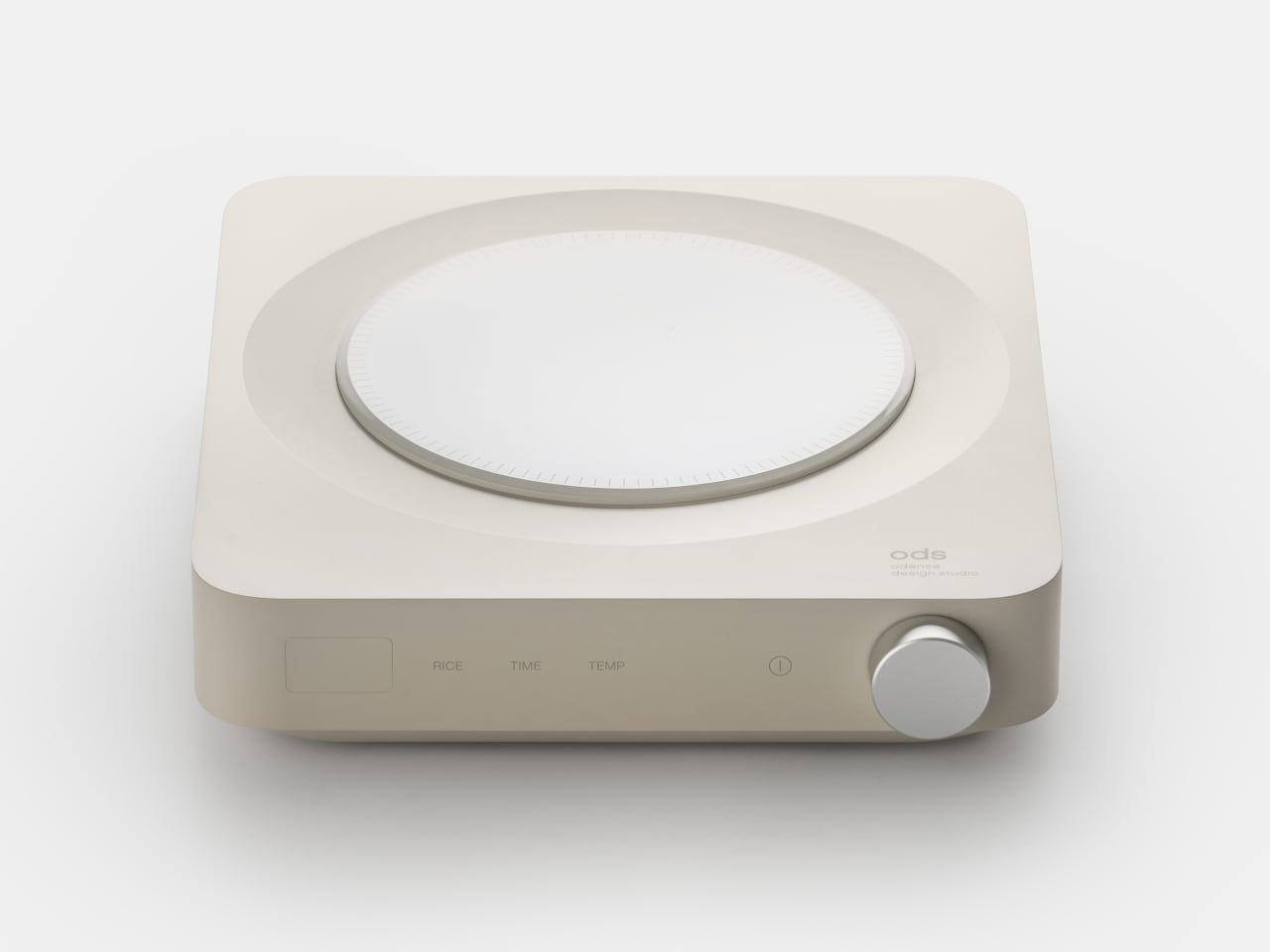
Our kitchens are becoming smarter every year as refrigerators, ovens, and even hubs gain some intelligence and Internet connectivity. These large appliances are more or less permanently installed in place, so the space they take up is not really a problem. Stoves and cookware, however, are a different question, especially given how many pots and pans we tend to use.
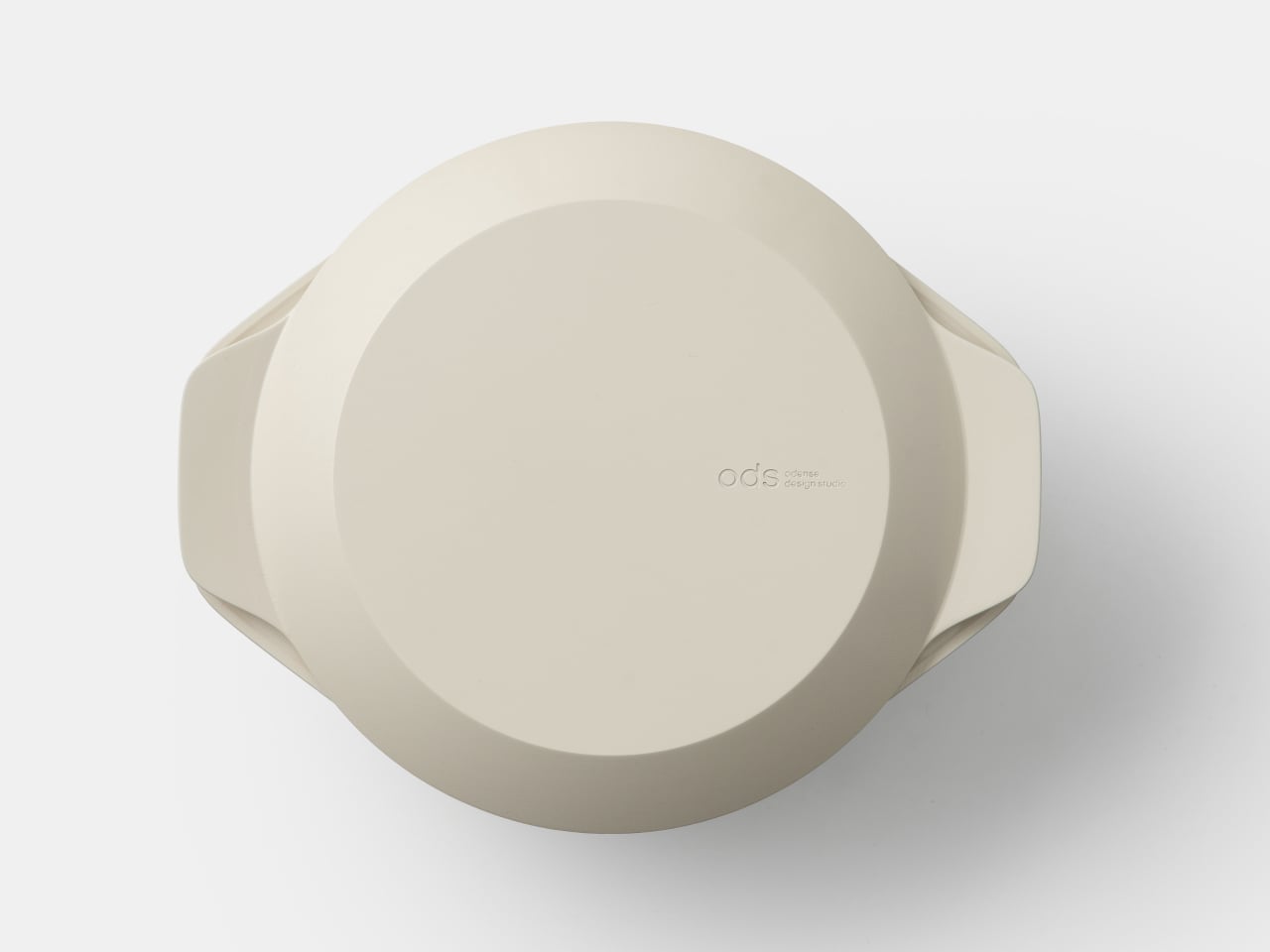
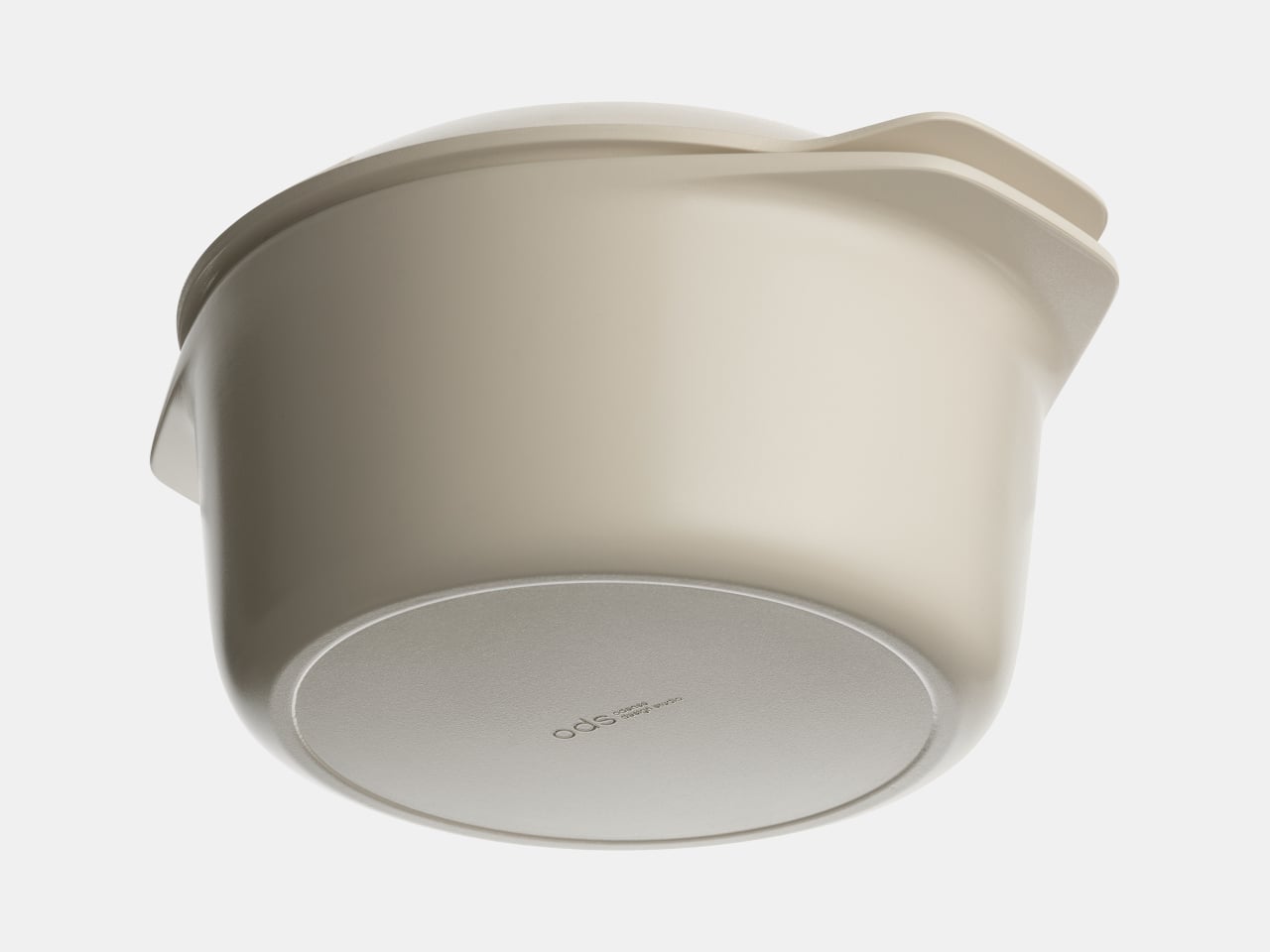
The ODS Smart Cooker concept tries to reduce some of that wasted space by combining a few simple objects into one. The base of the system is an induction stove with a very minimalist aesthetic. A simple intuitive dial controls the temperature, while a touch-sensitive surface switches between different modes.
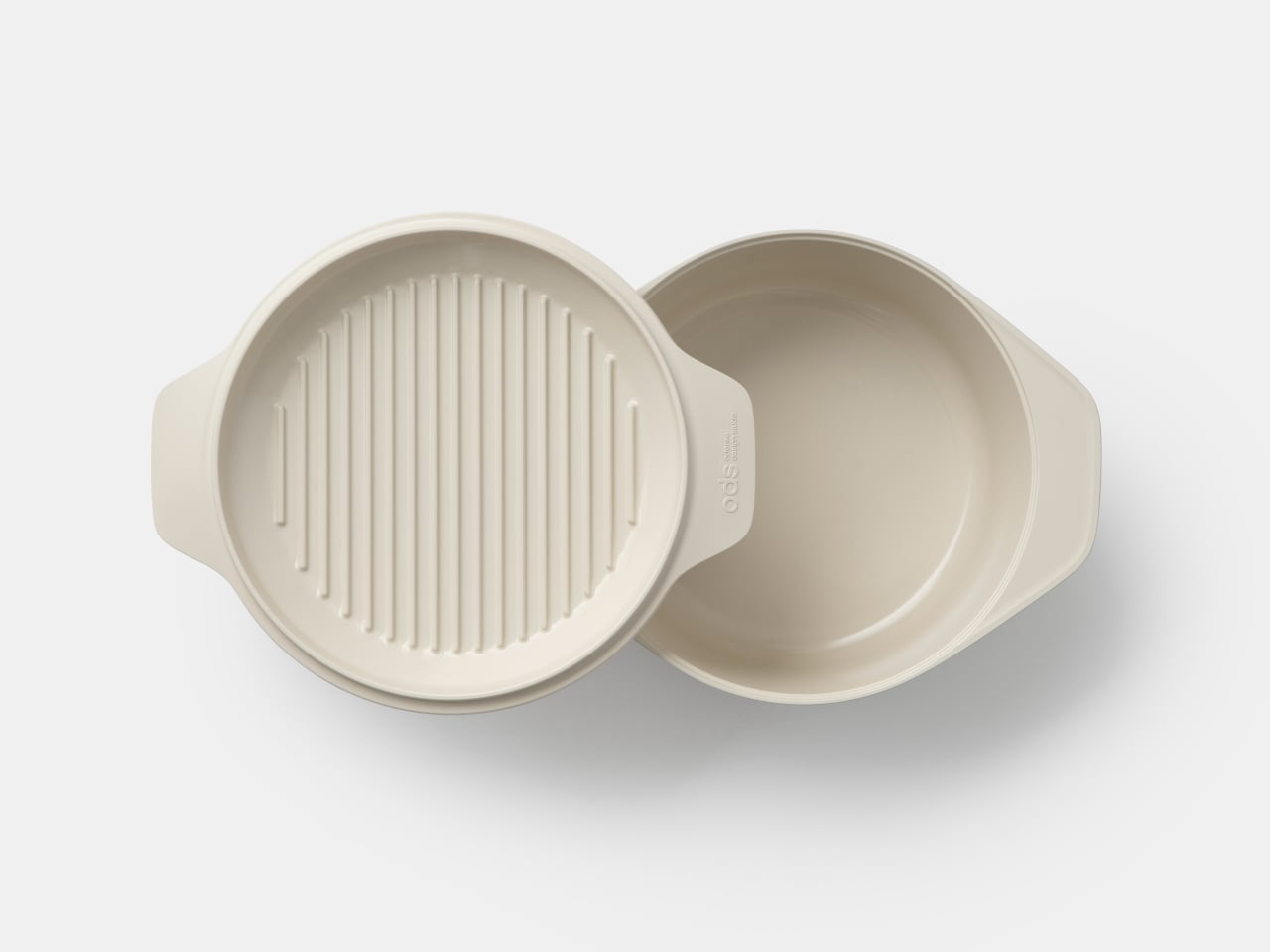
The more interesting part, however, is the pot itself. It looks very simple with a matching simple cover. That said, that cover also functions as a stovetop grille. When not needed, these two cookwares can occupy the same spot, saving space. You also don’t need a separate cover for the pot, but it also means that you can’t use the grille and the pot simultaneously when you also need to cover the pot.
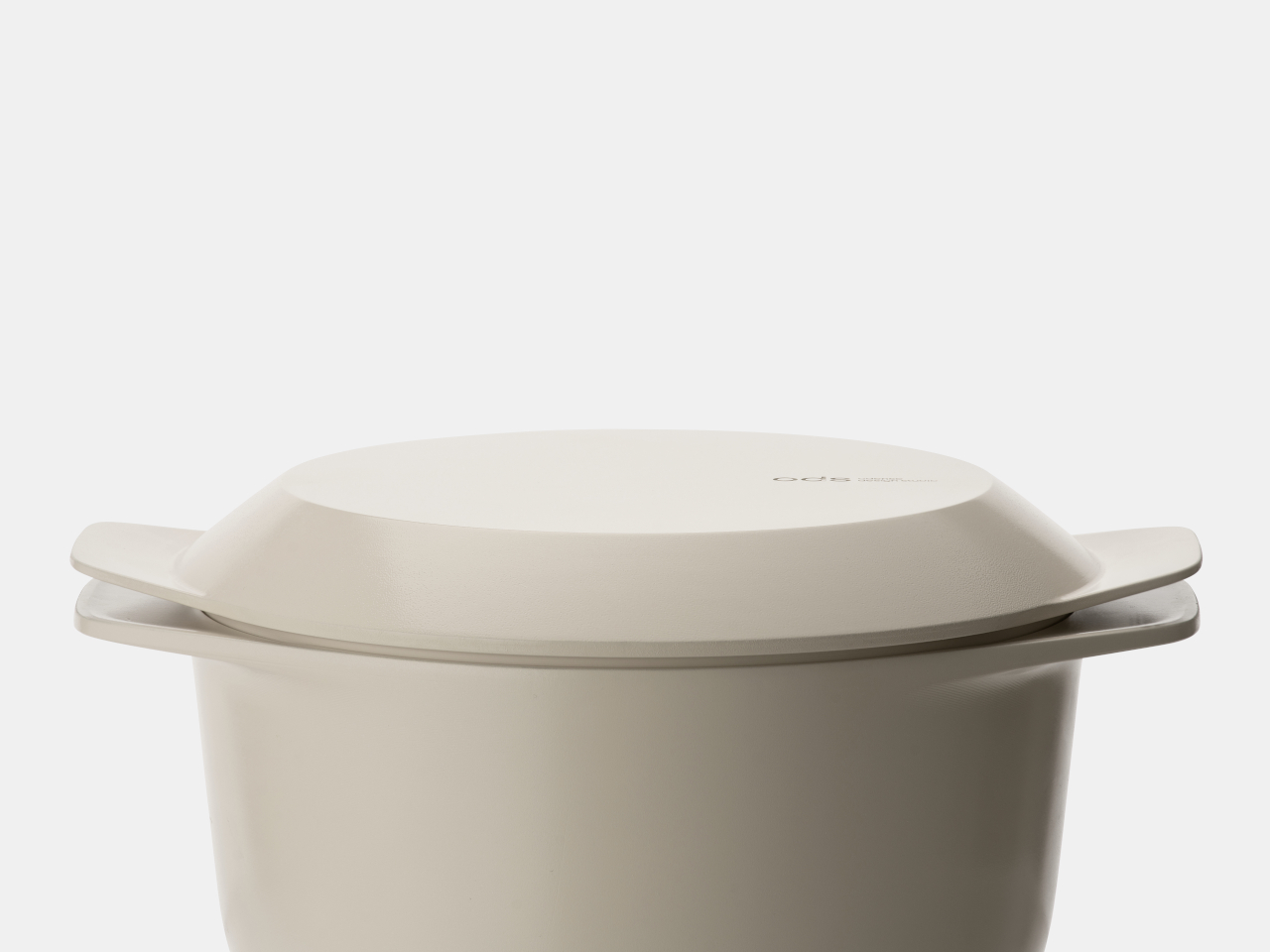
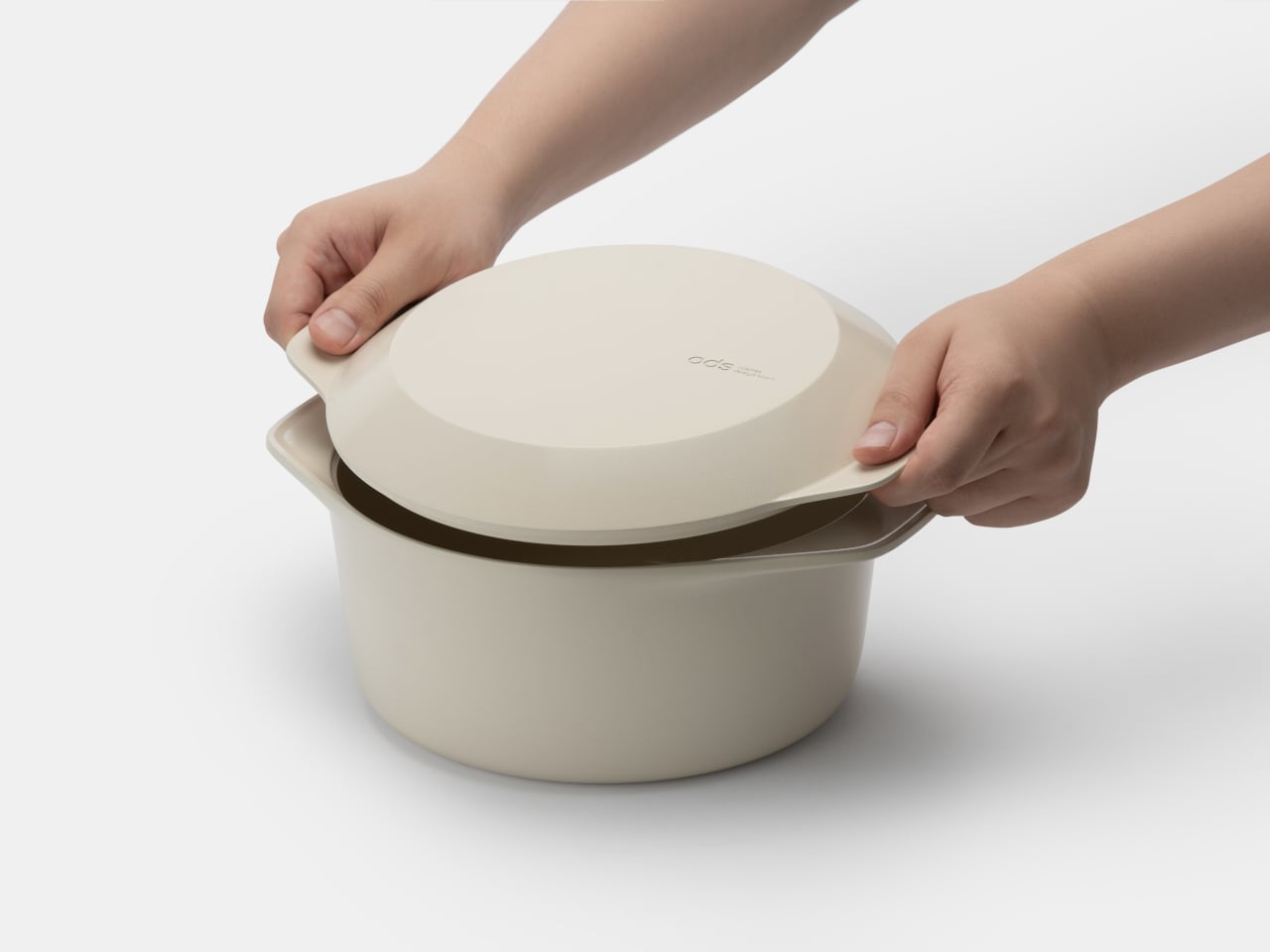
The handles for the cooking vessel are rather strange but not accidental. The angle of handles for the cover/grille leaves a gap where you can easily wedge in your fingers to take the cover off. Alternatively, you can probably also squeeze two handles on the same side together to lift the opposite side slightly, allowing steam to escape without risking burning your hand.
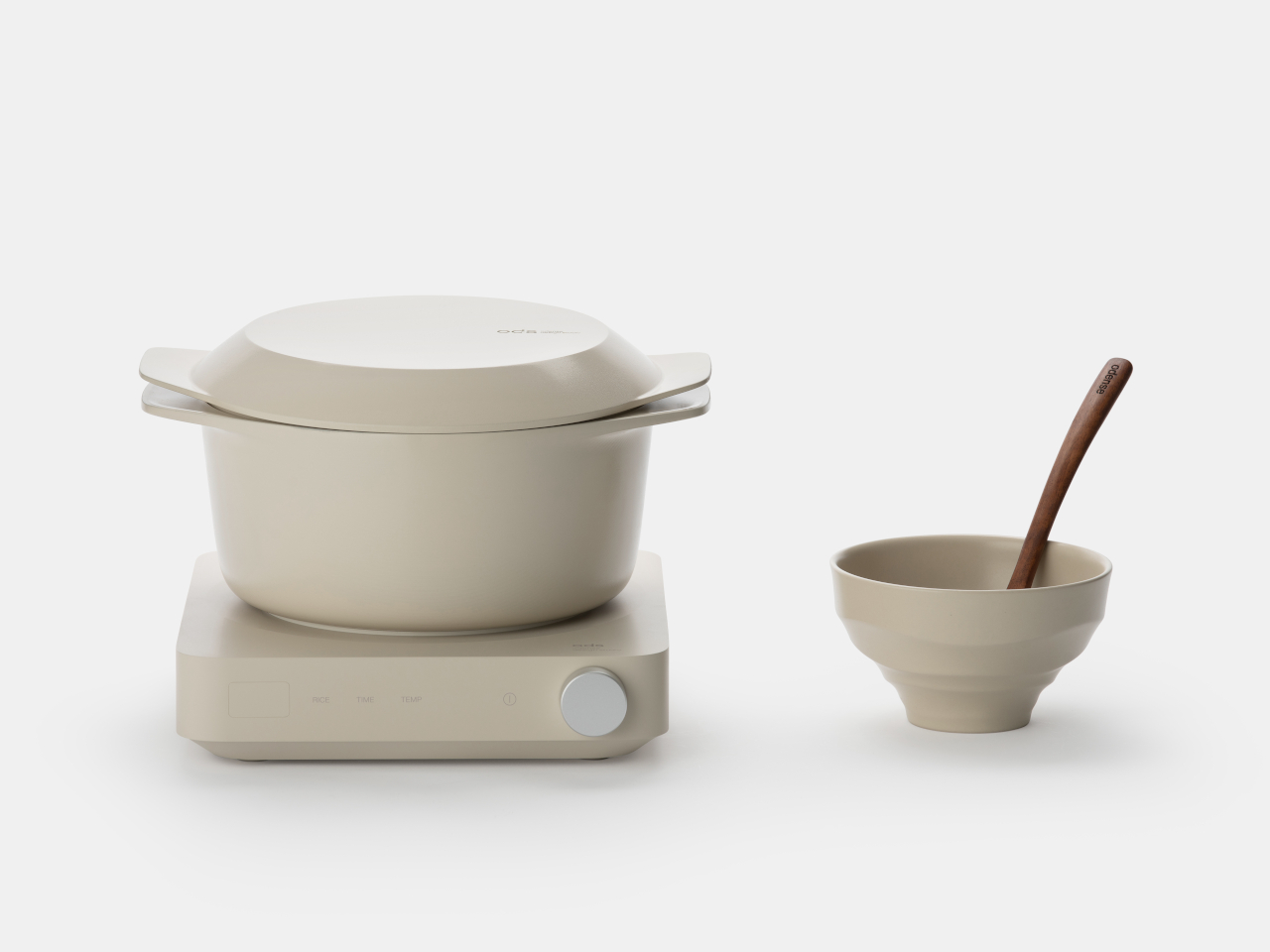
The post Minimalist smart cooker concept belies its multifunctional nature first appeared on Yanko Design.
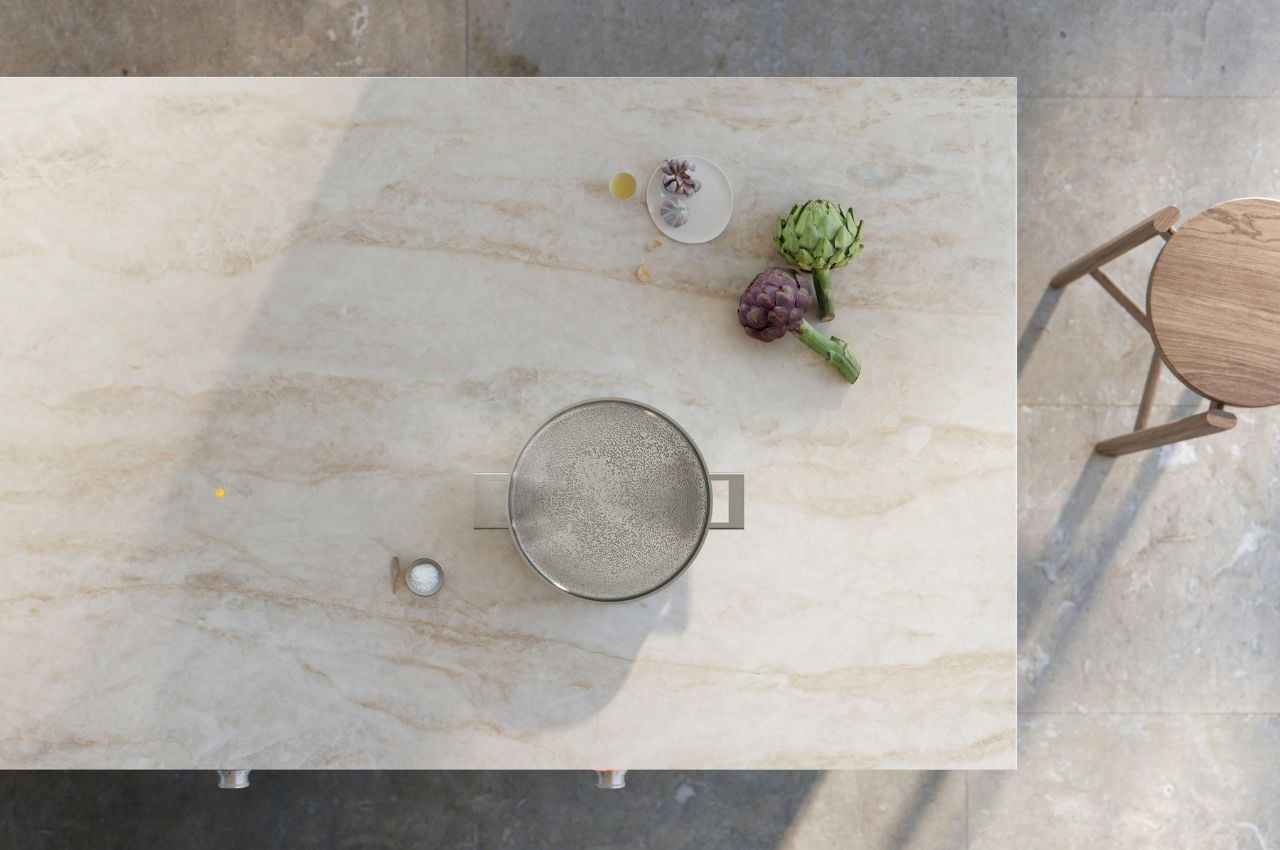
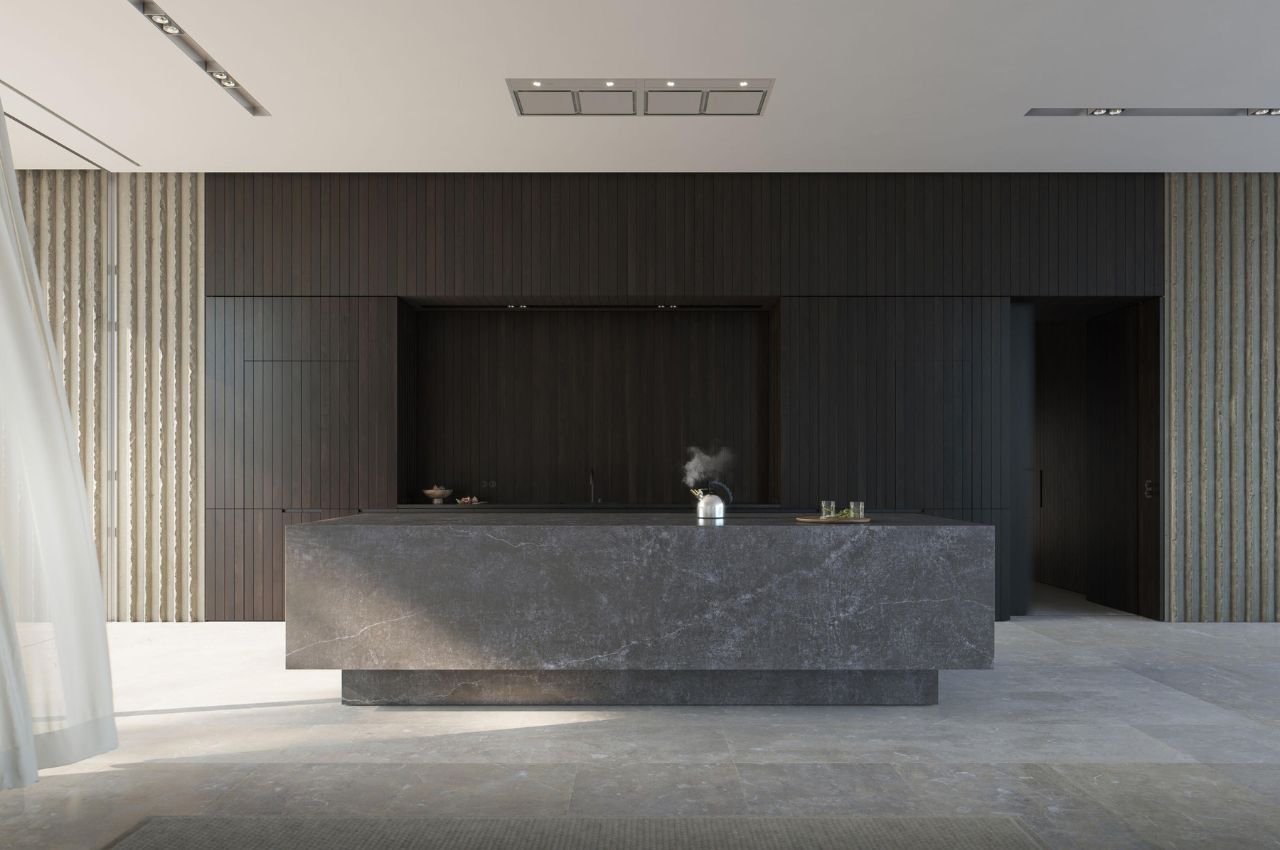

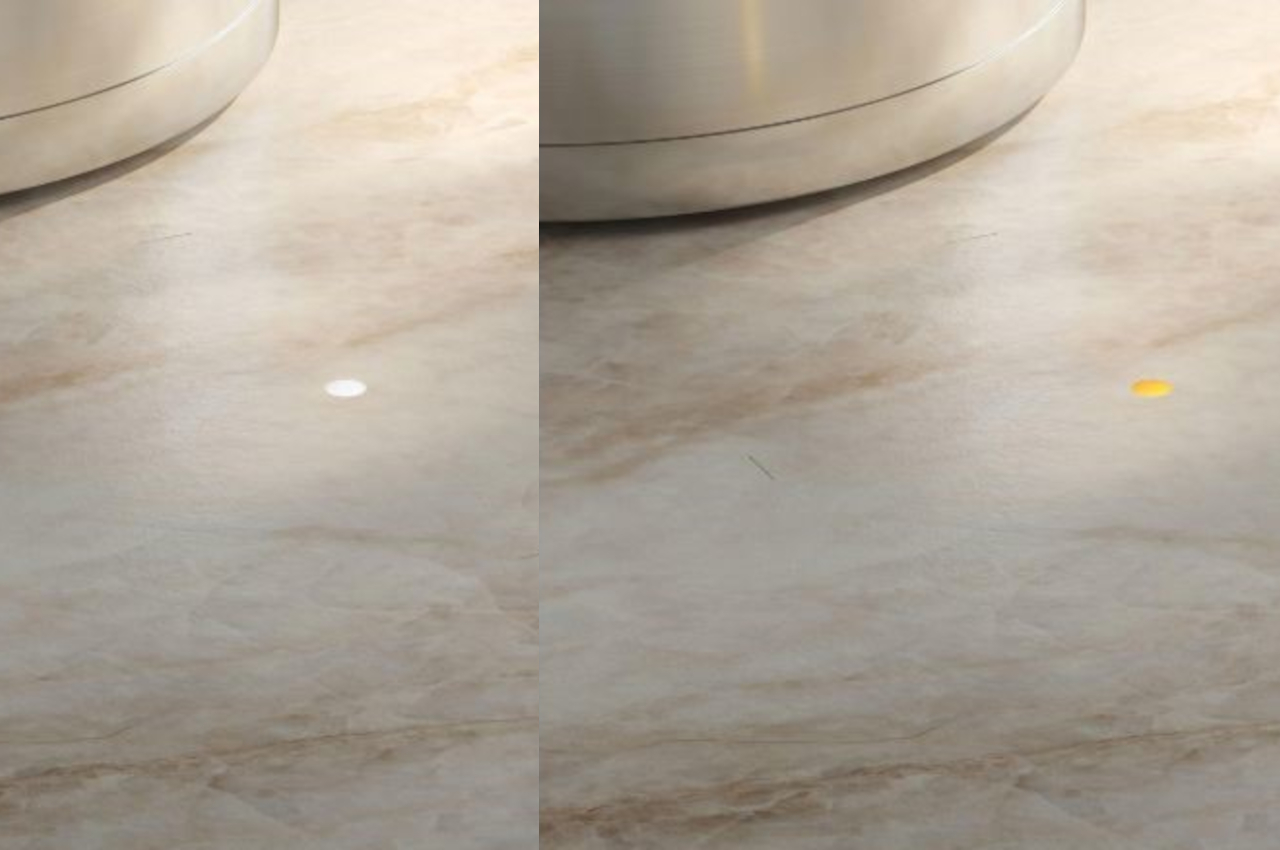
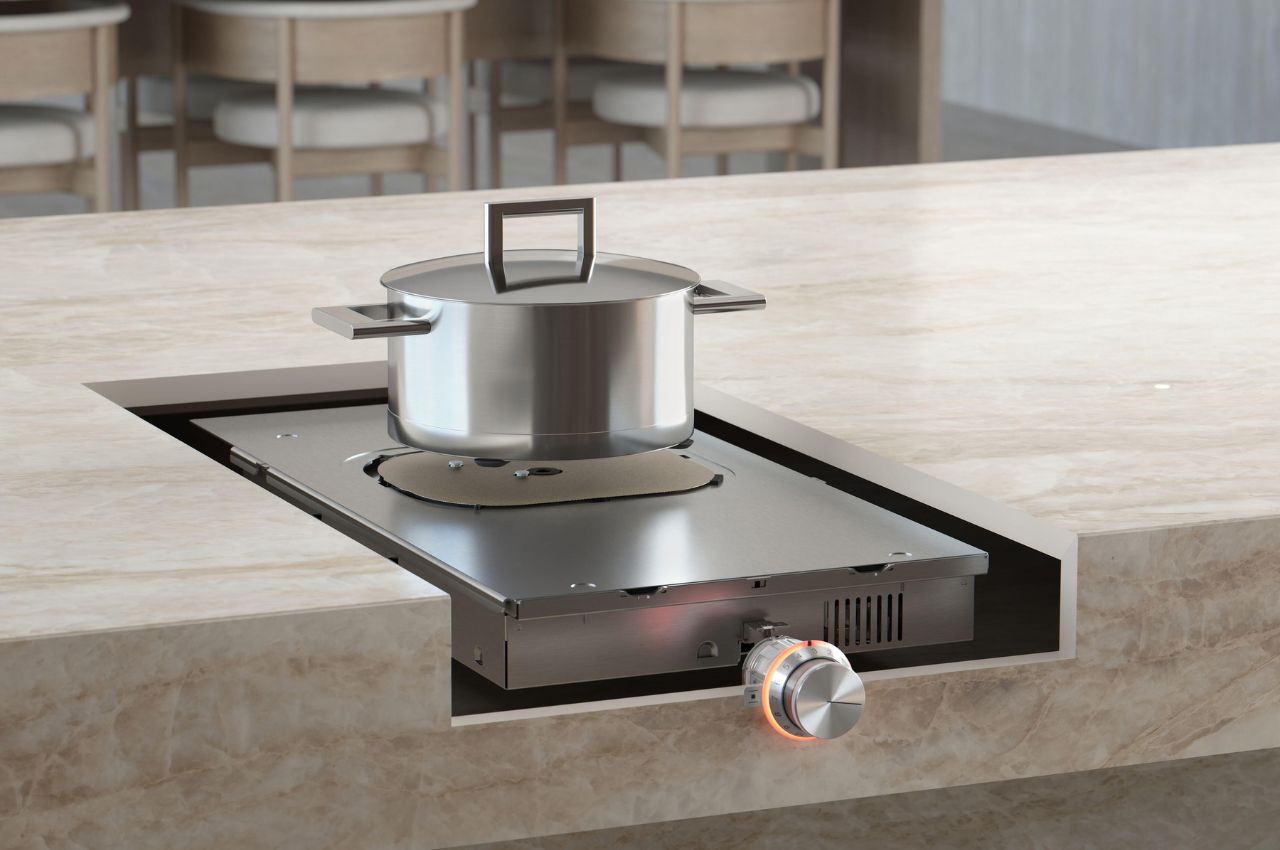
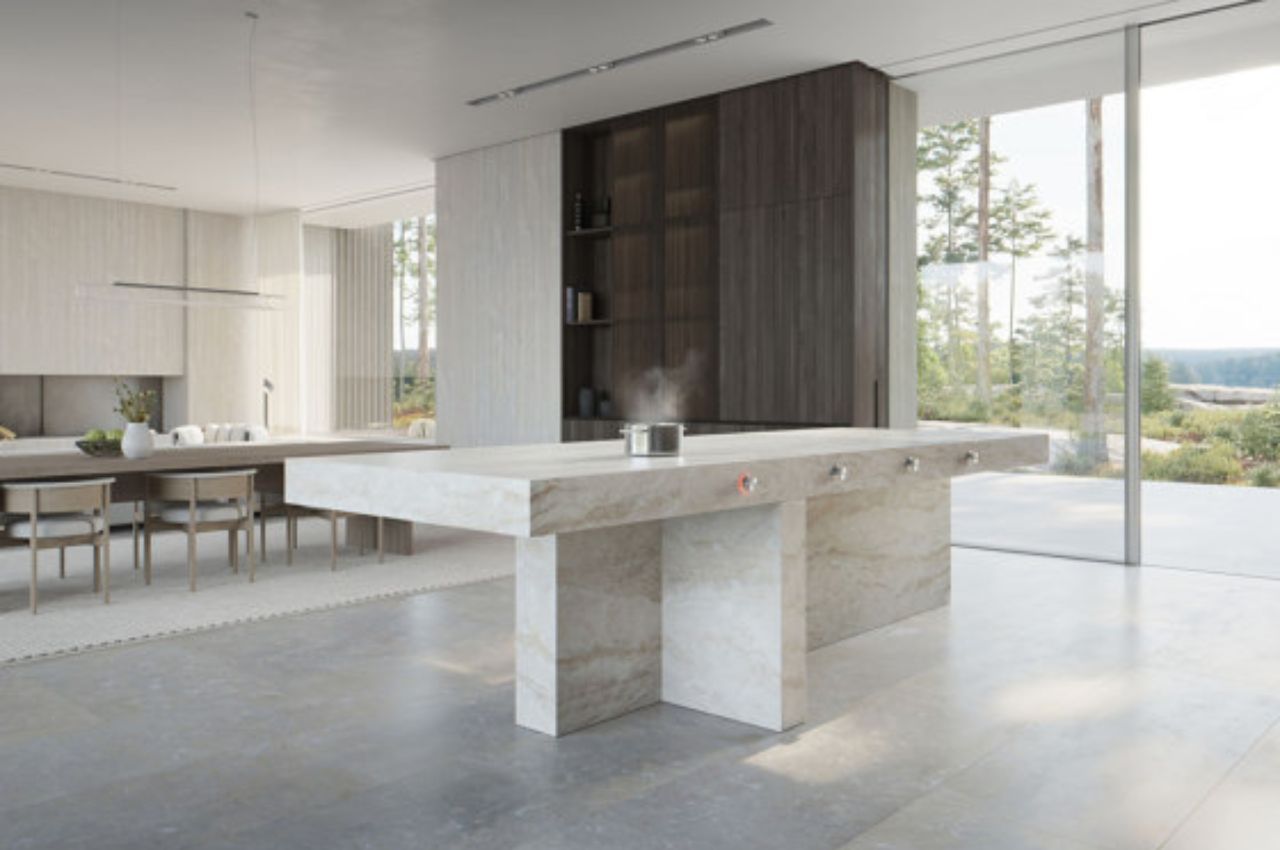
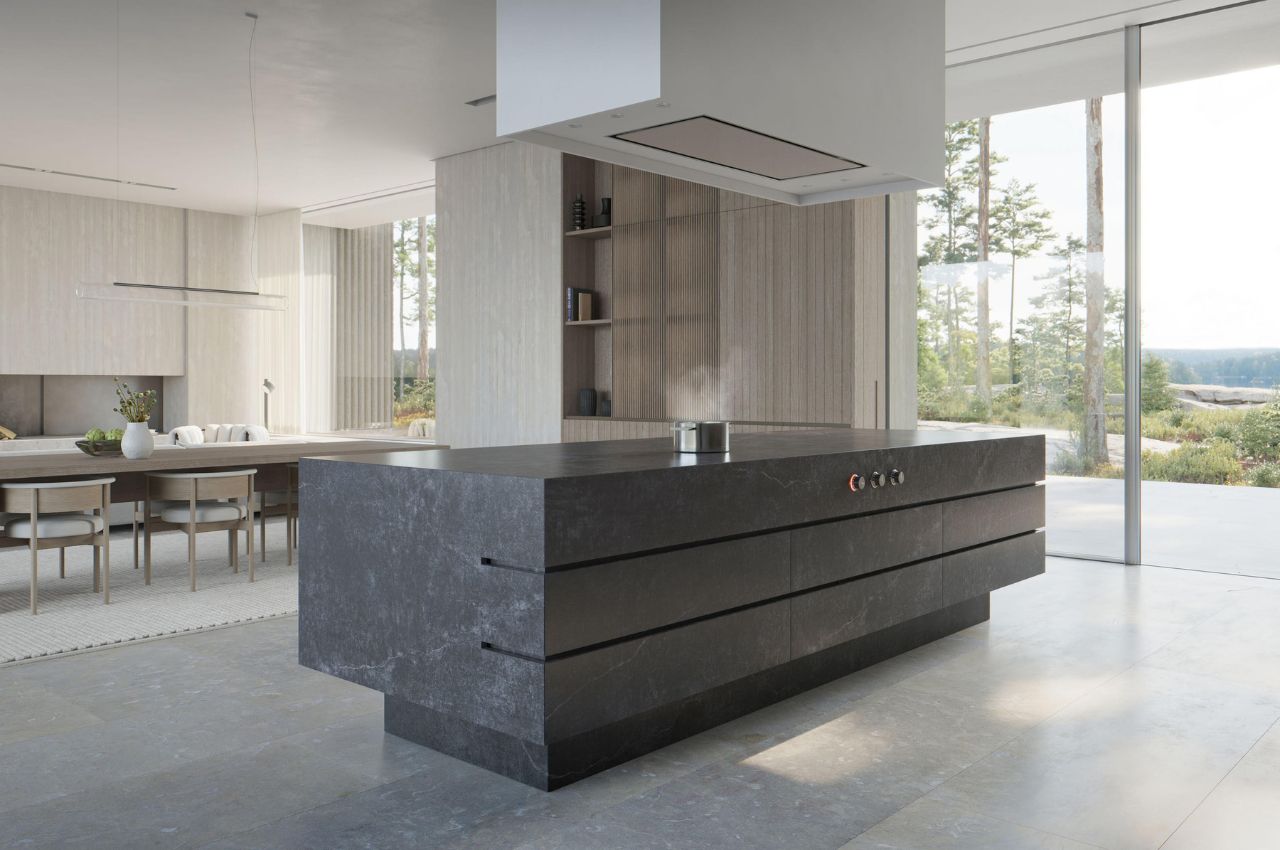
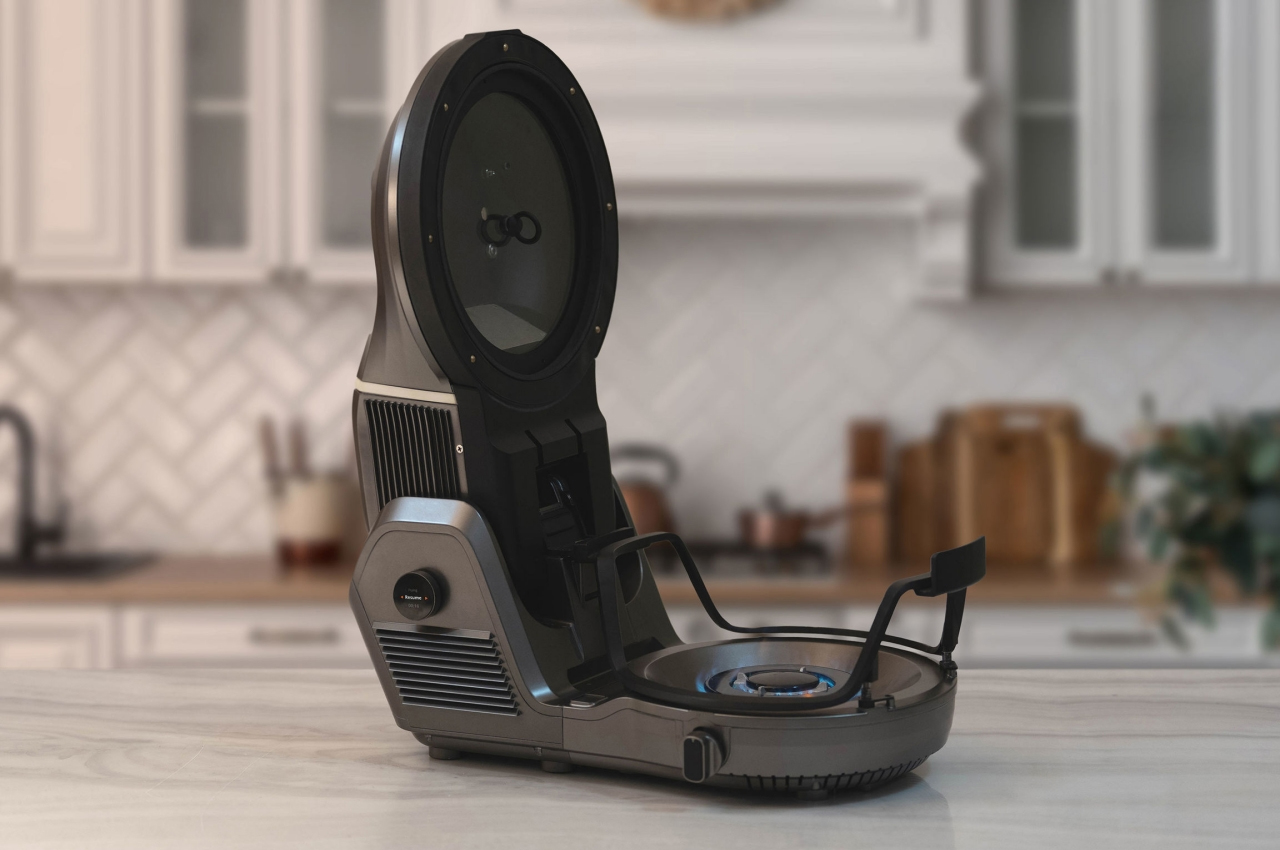
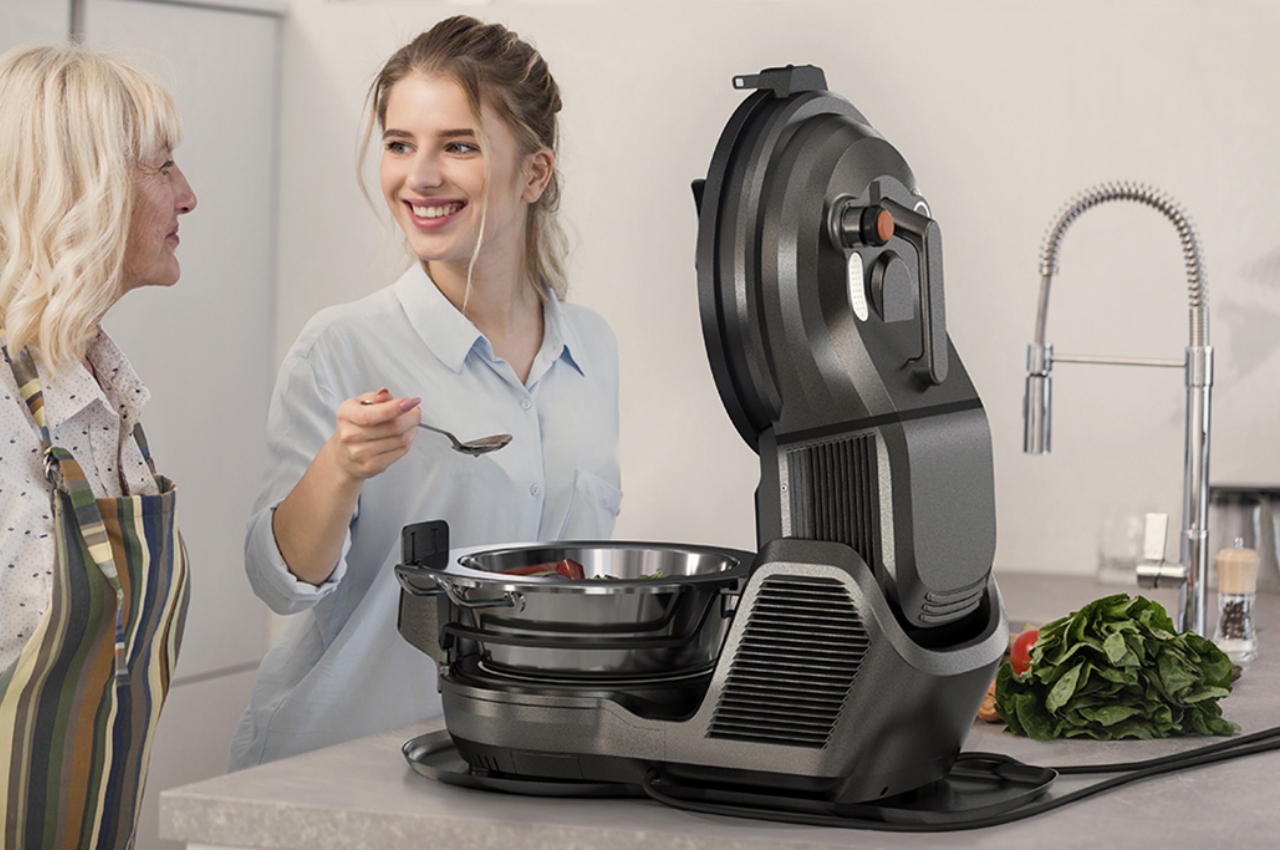
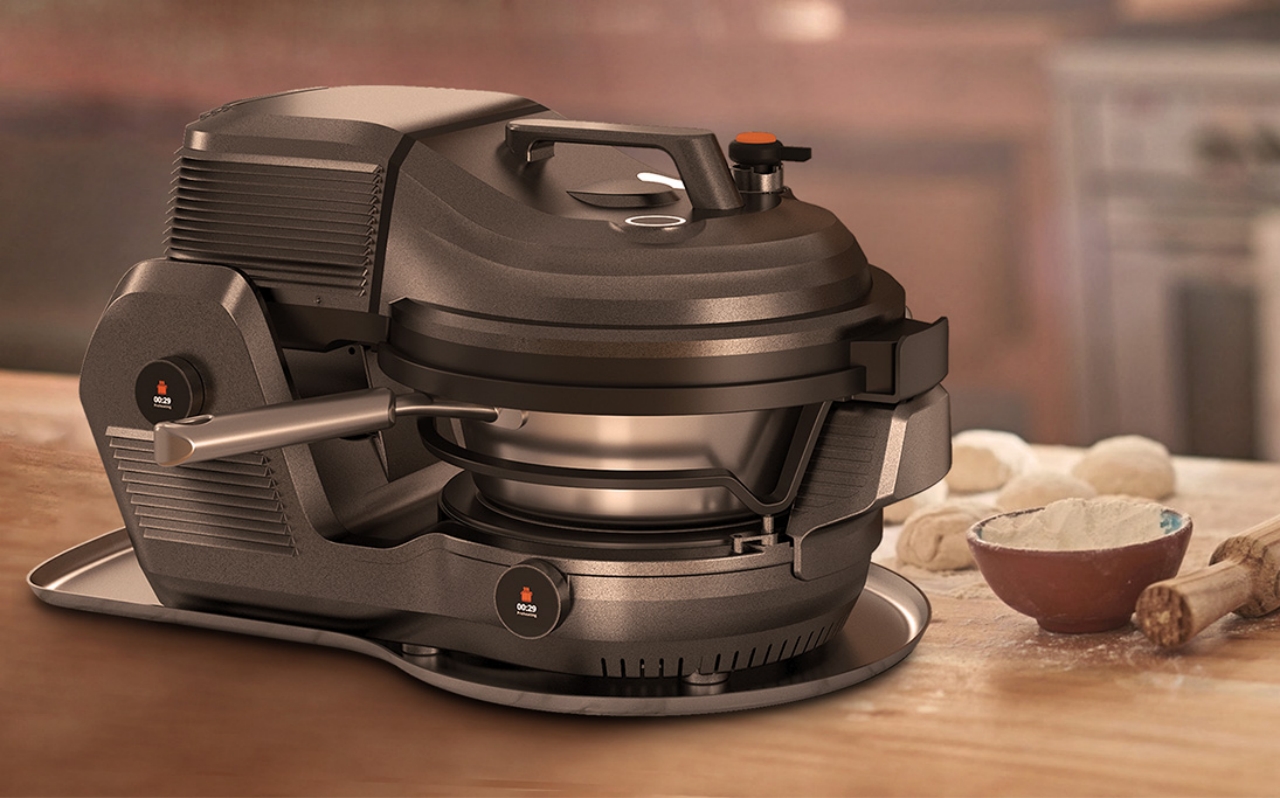
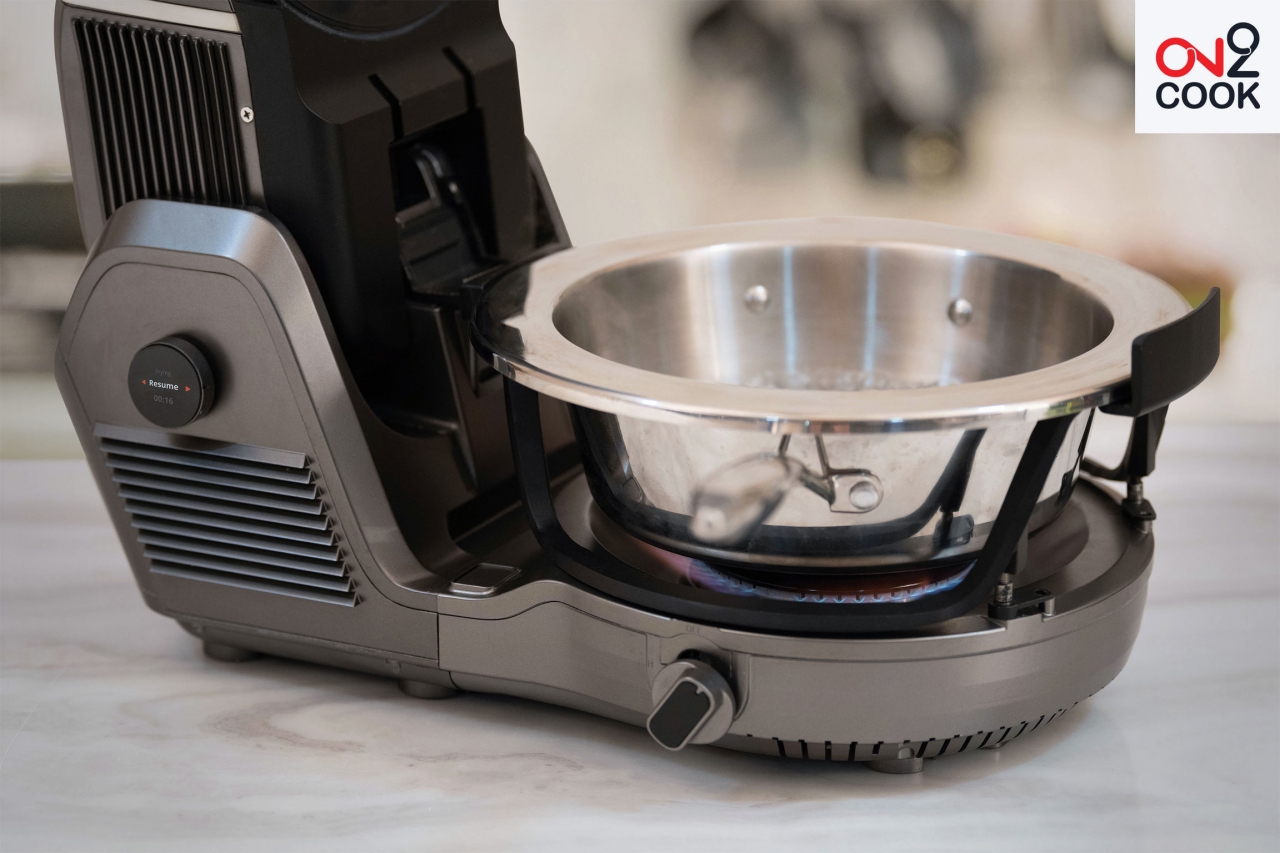
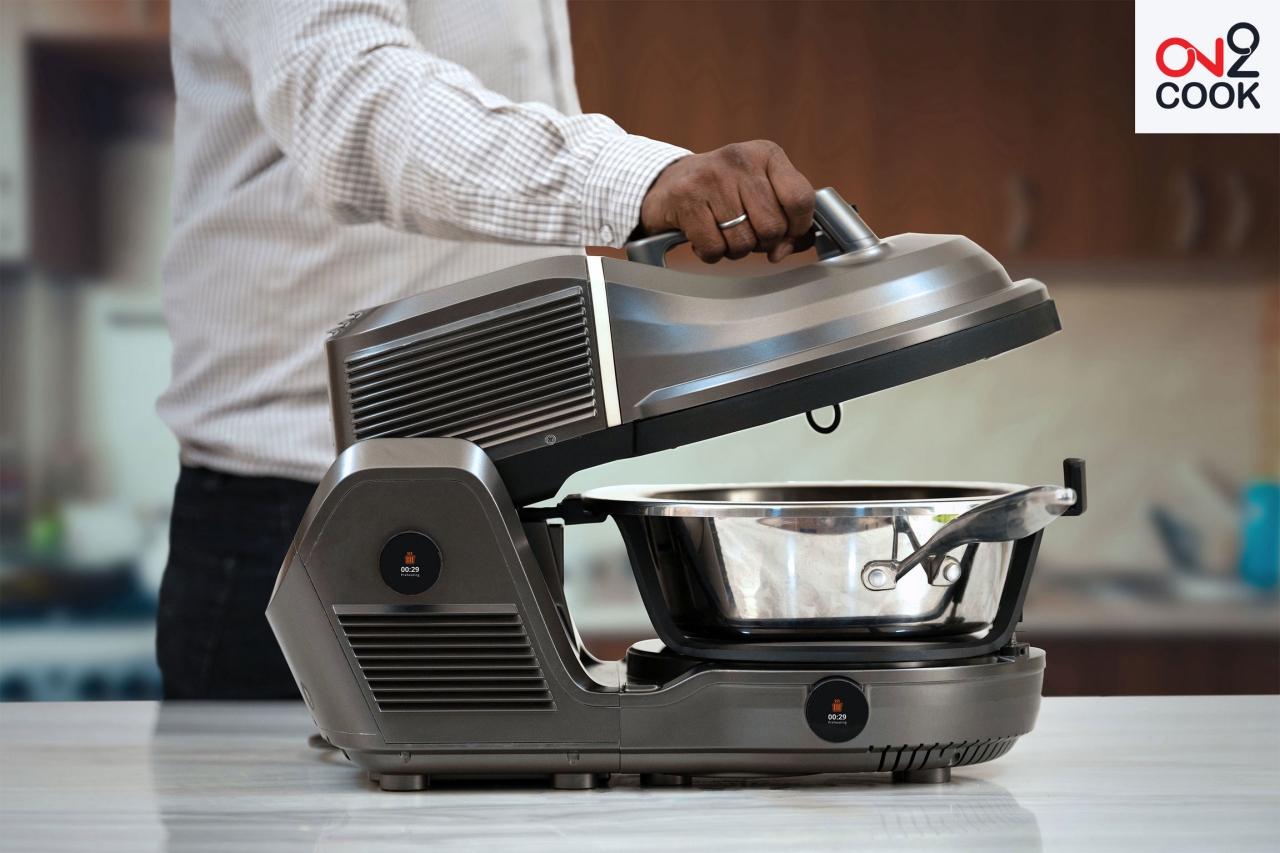
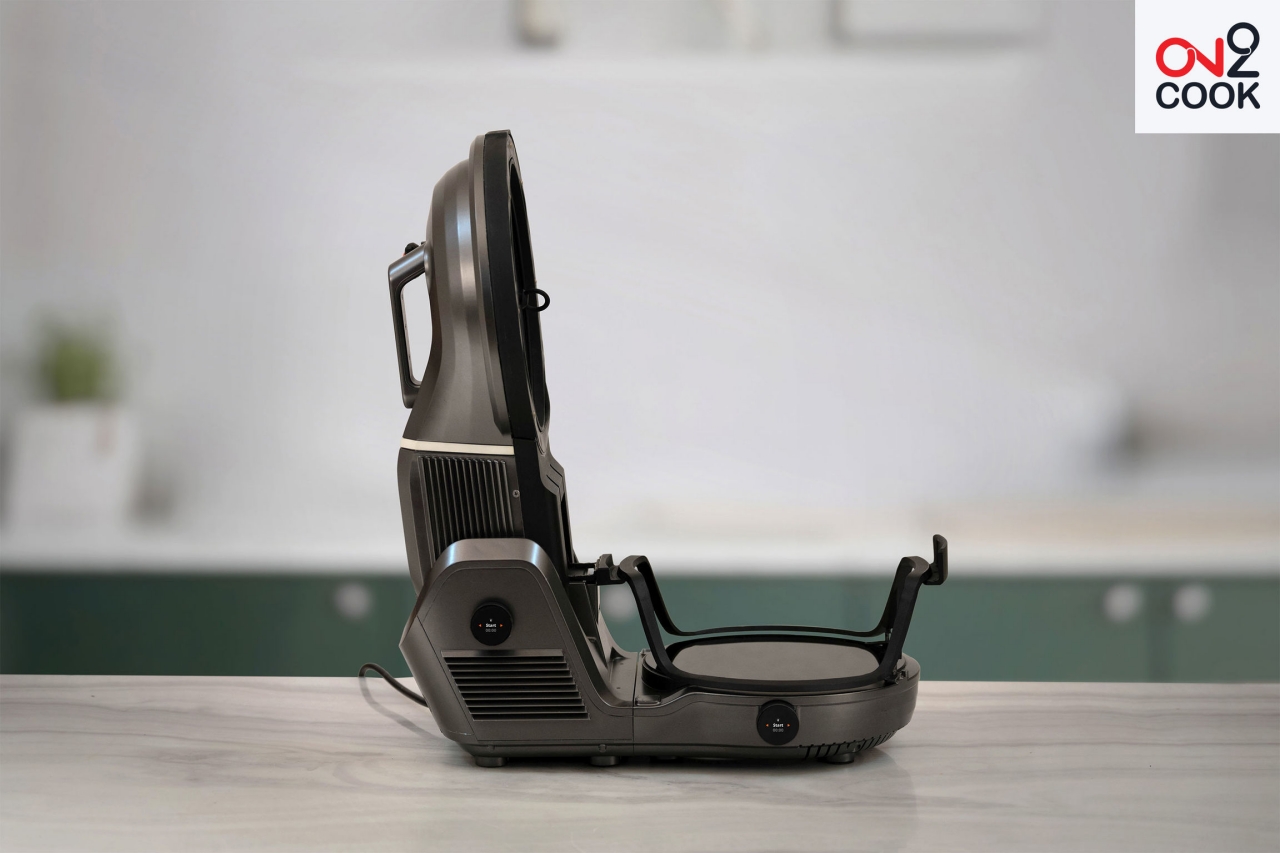
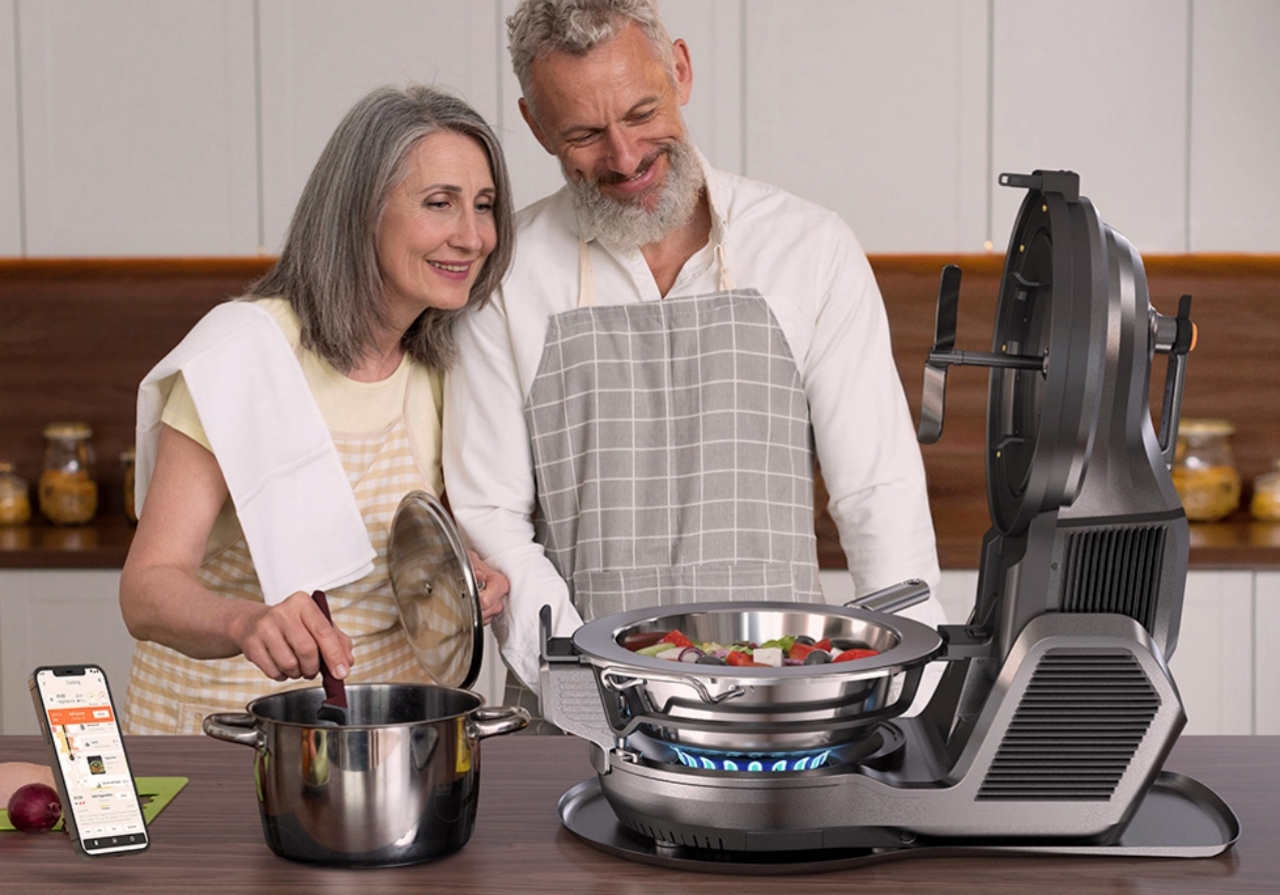
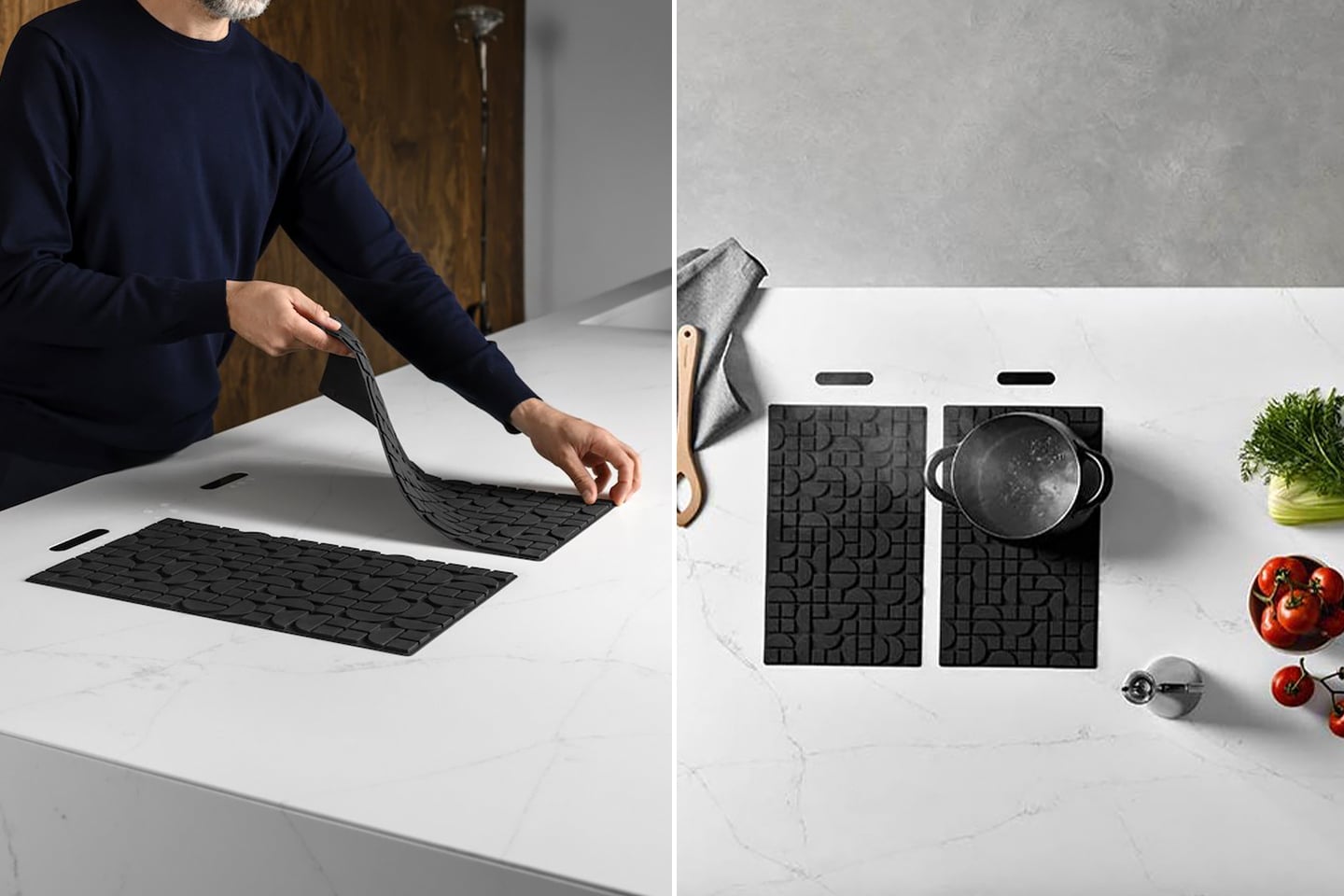
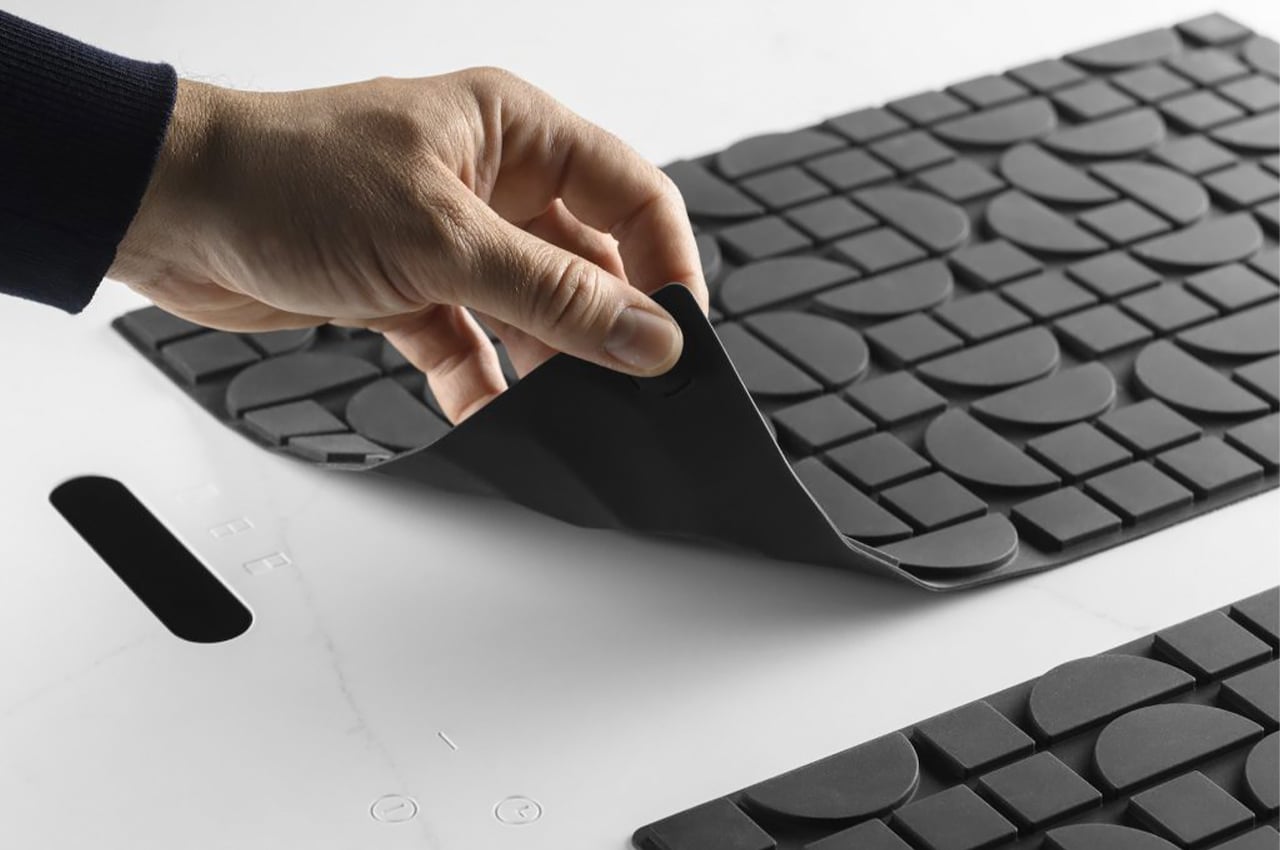
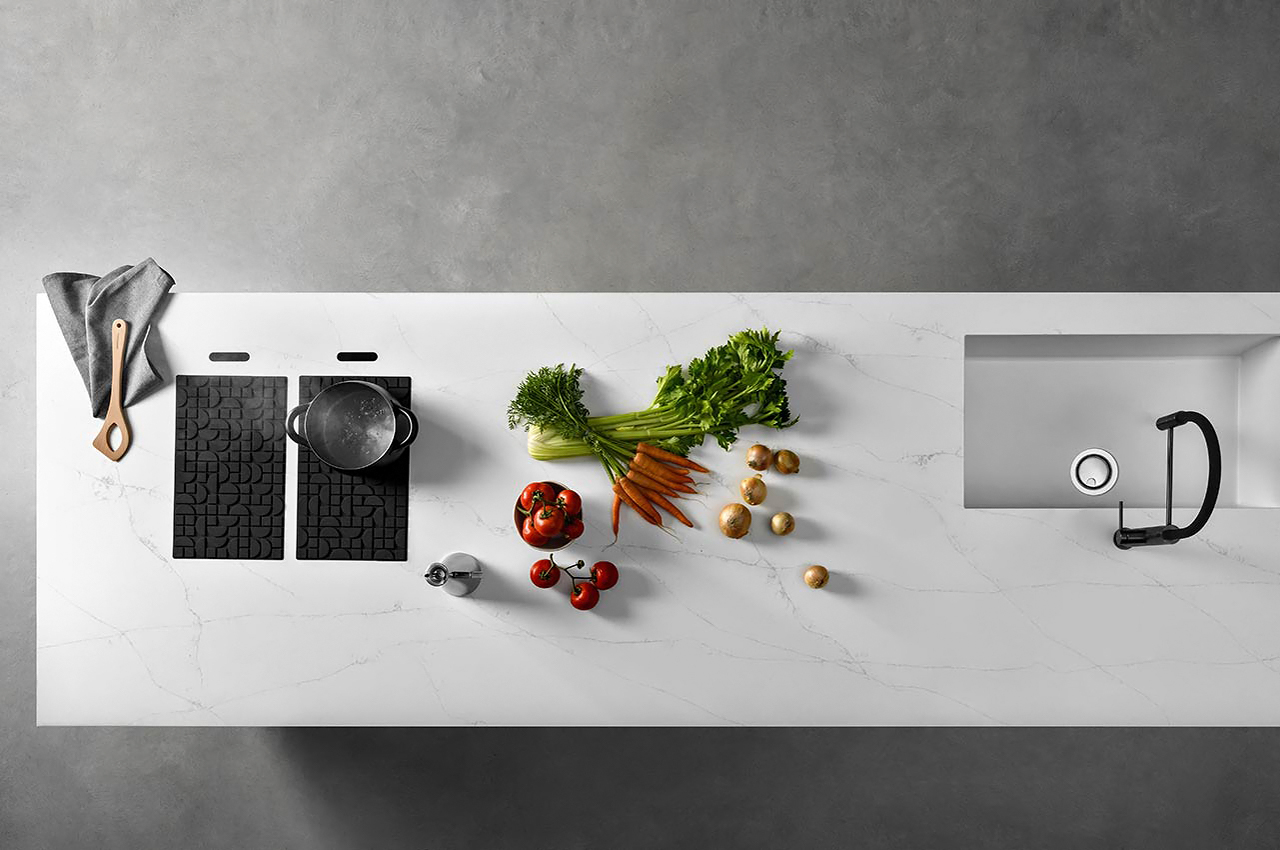
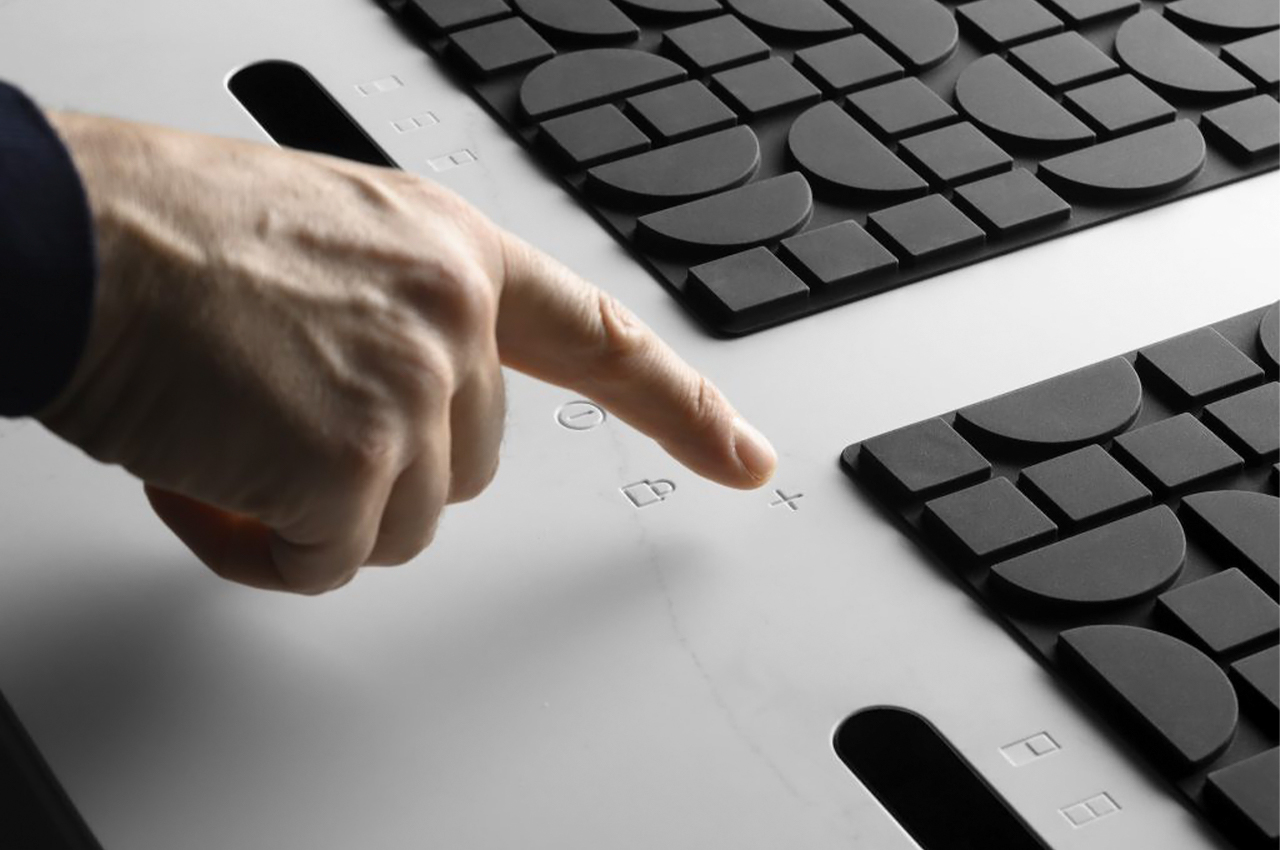
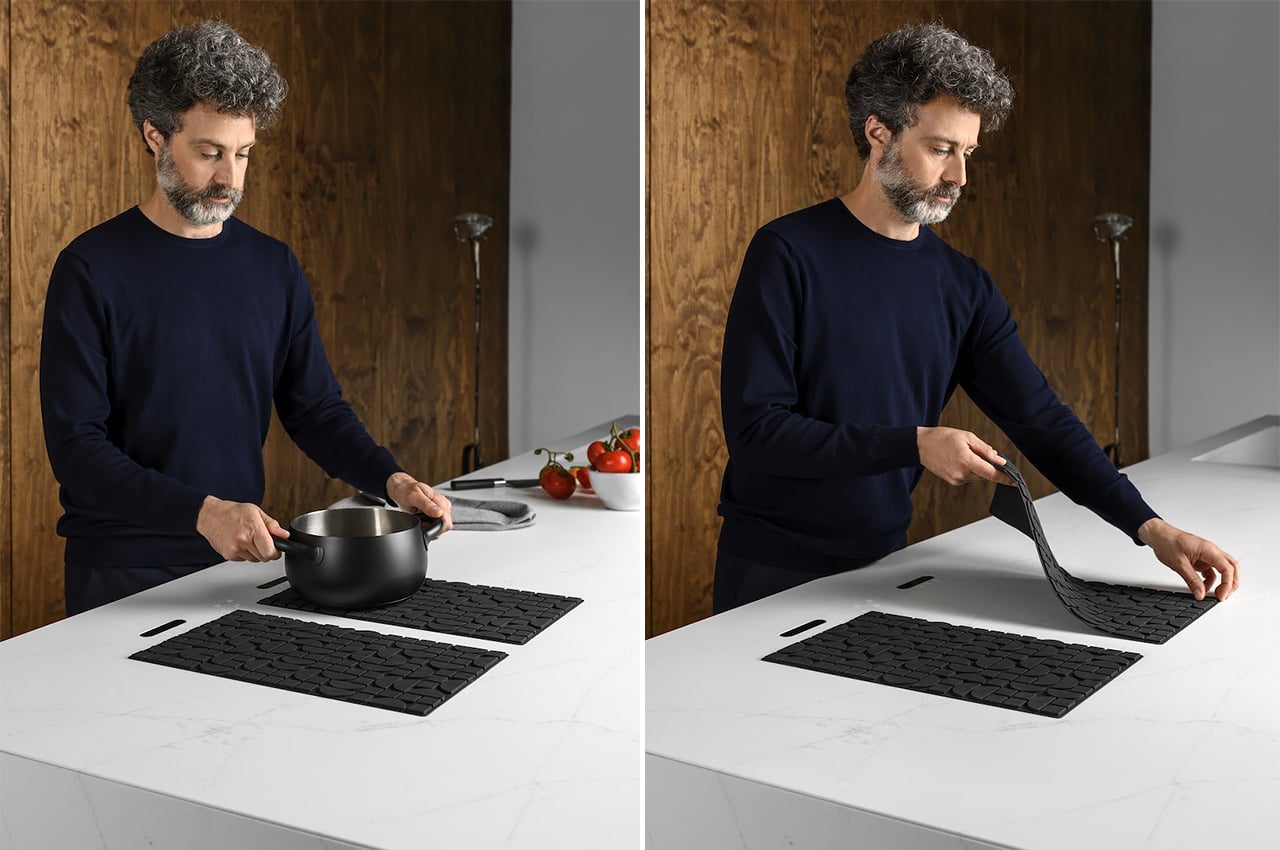
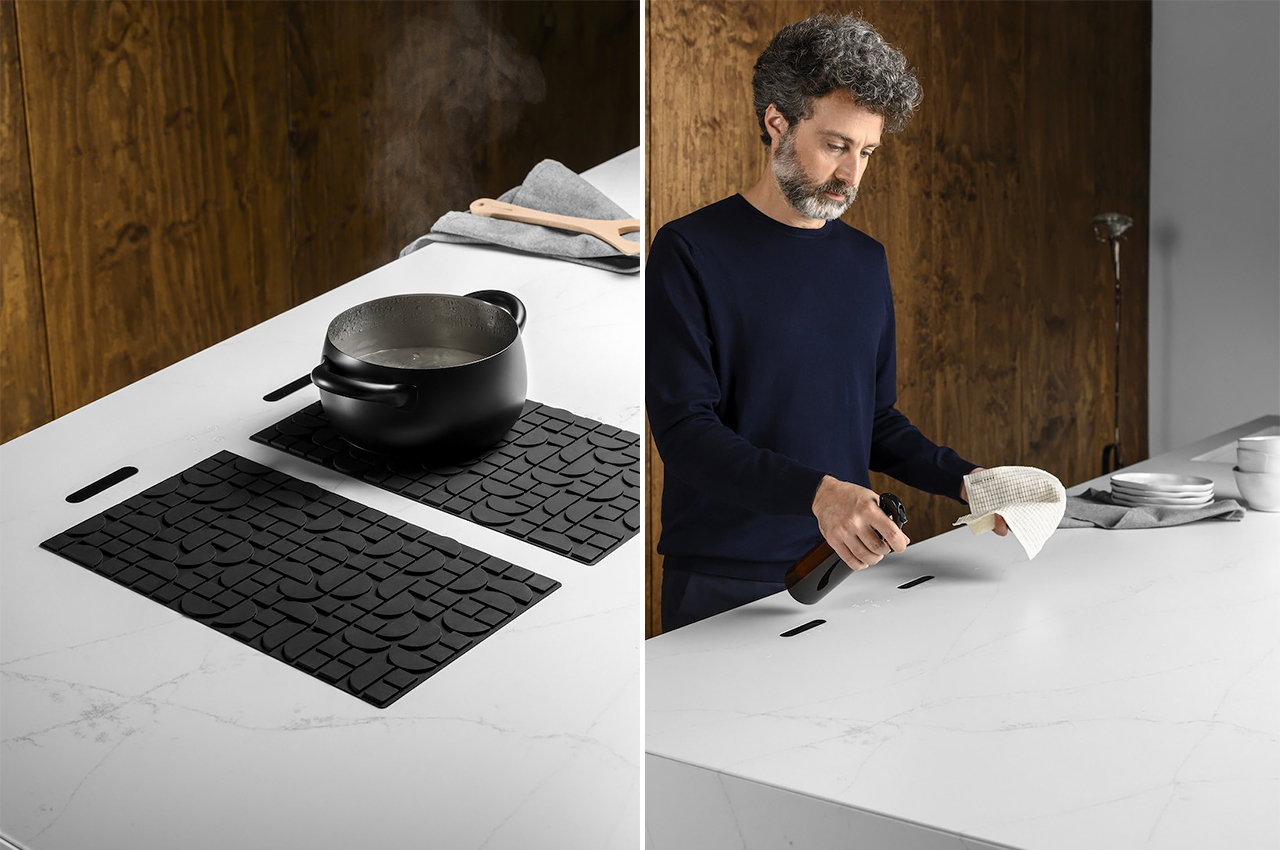
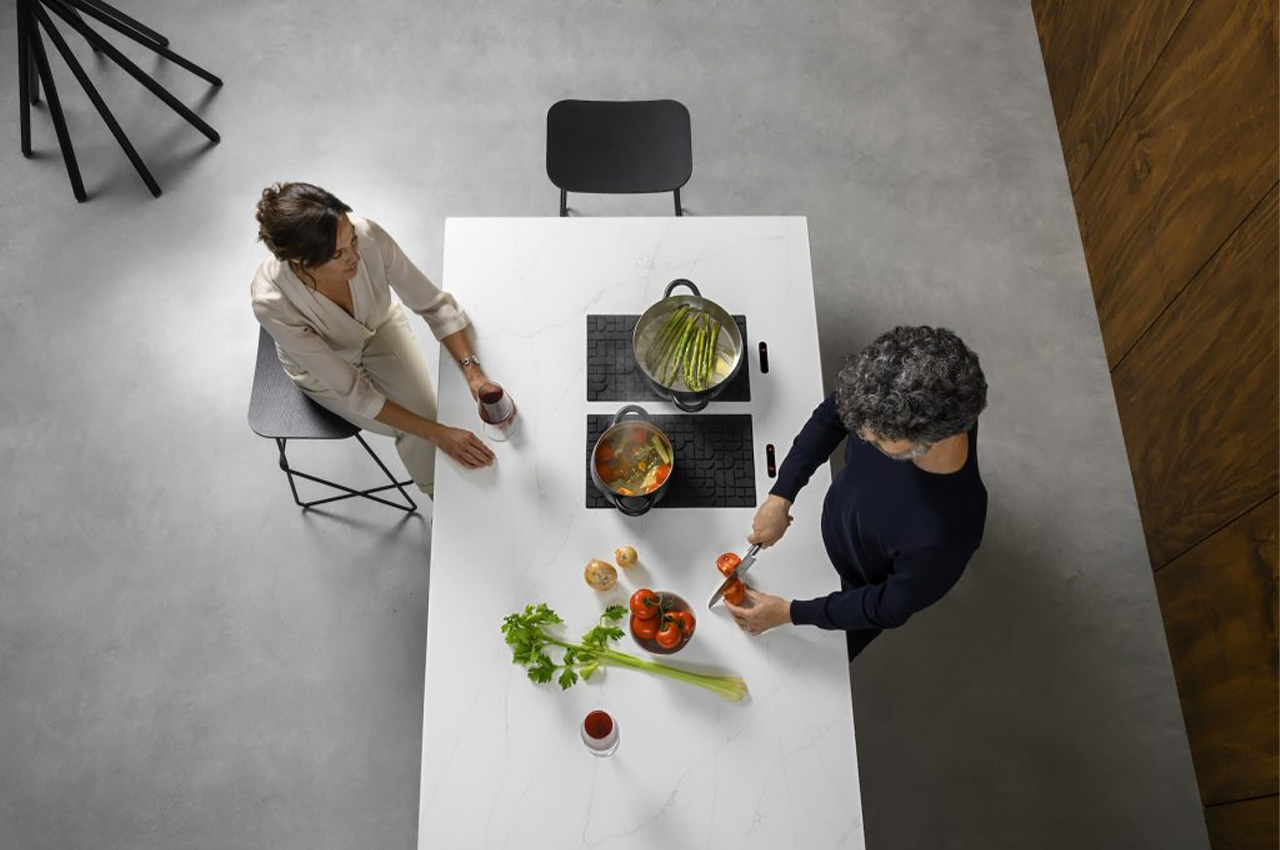
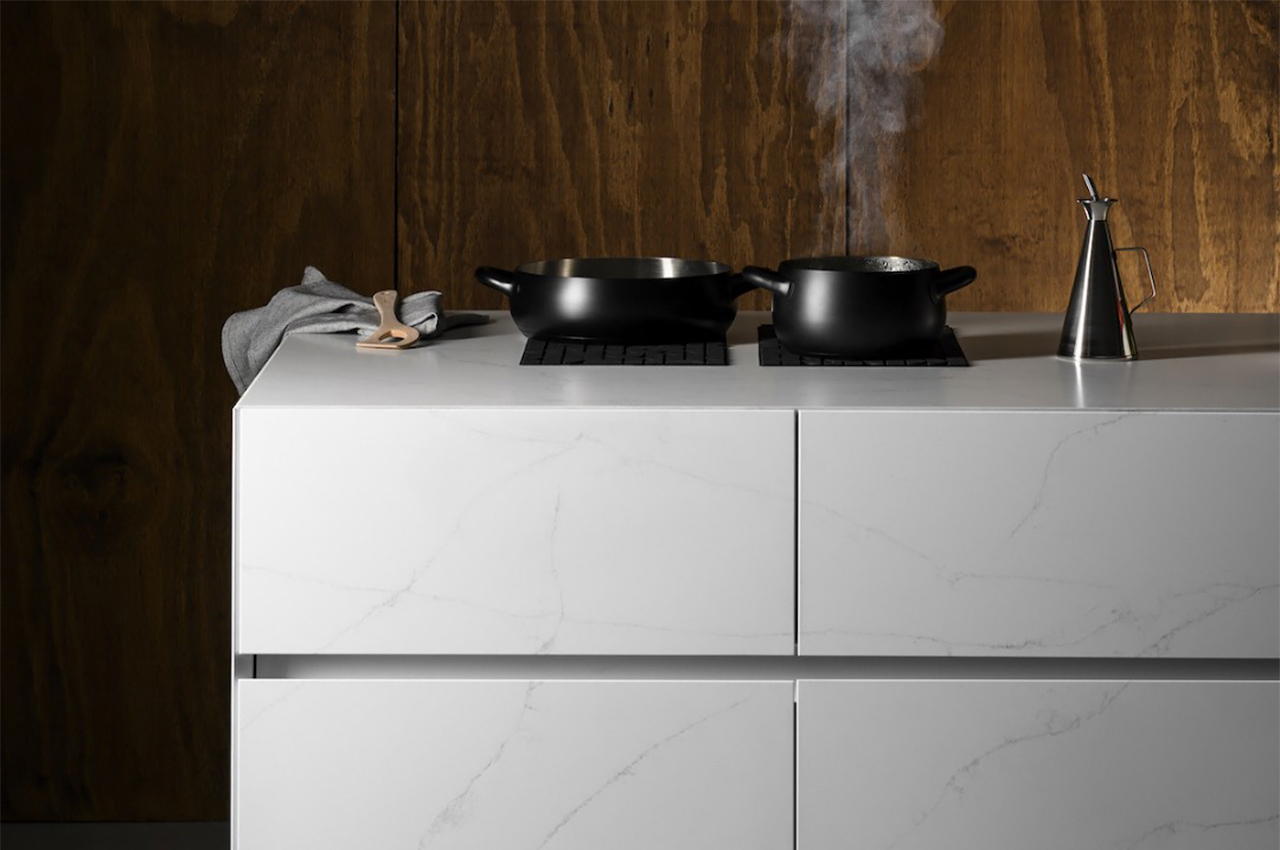
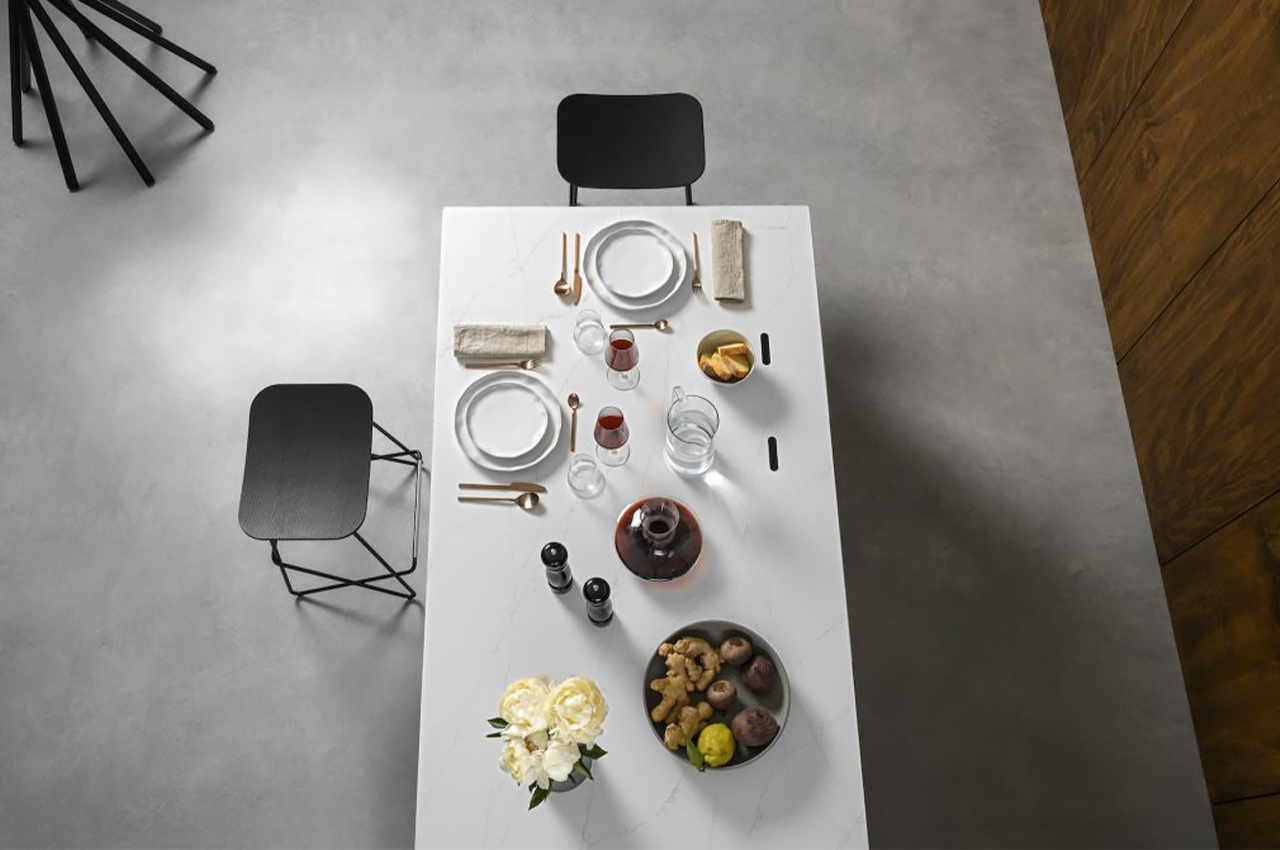
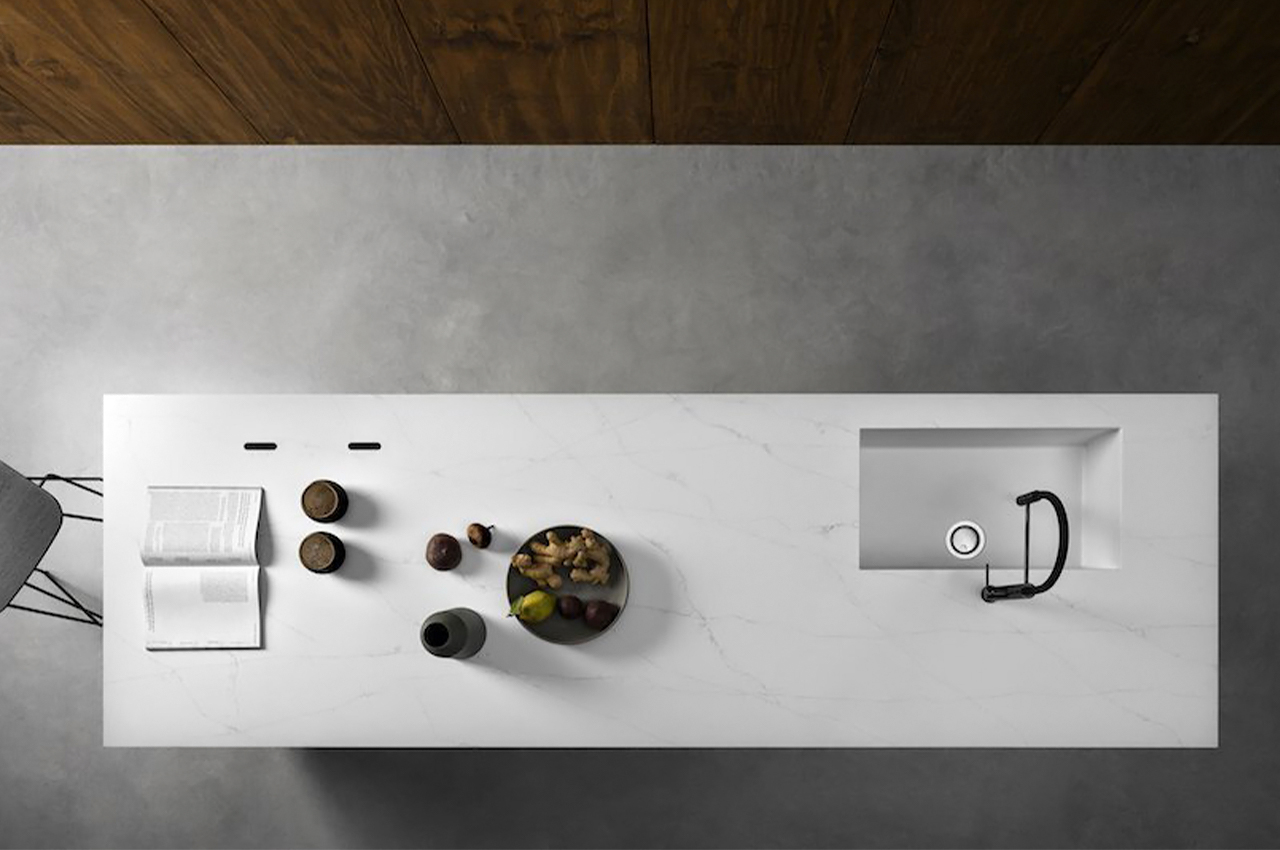
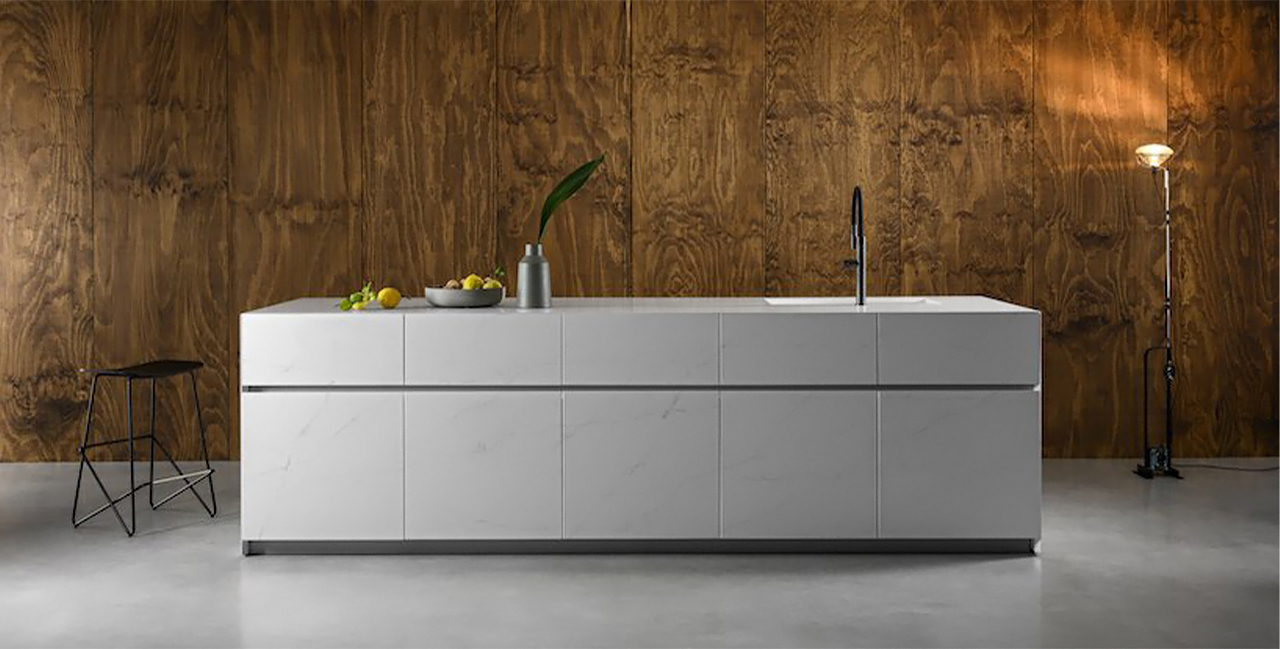
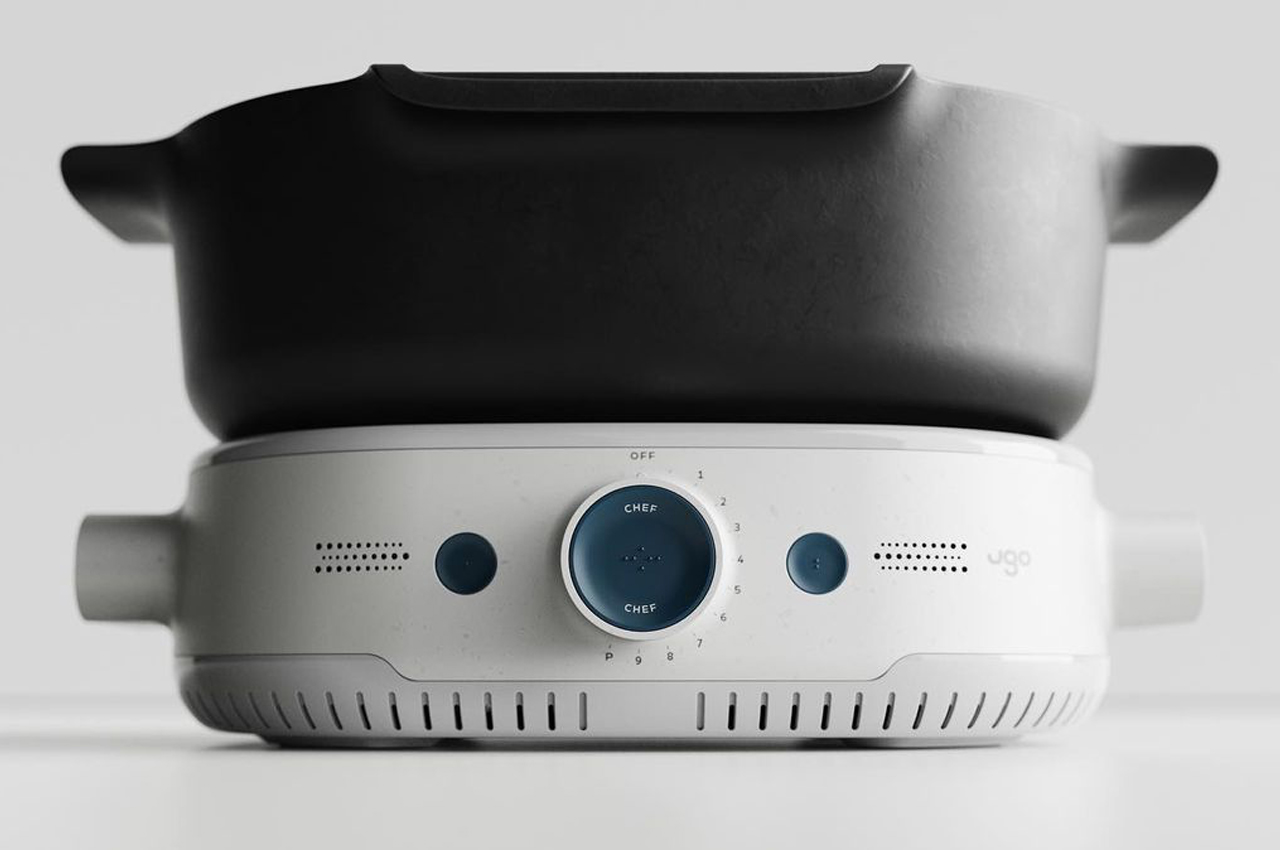 Cookware developed specifically for the
Cookware developed specifically for the 